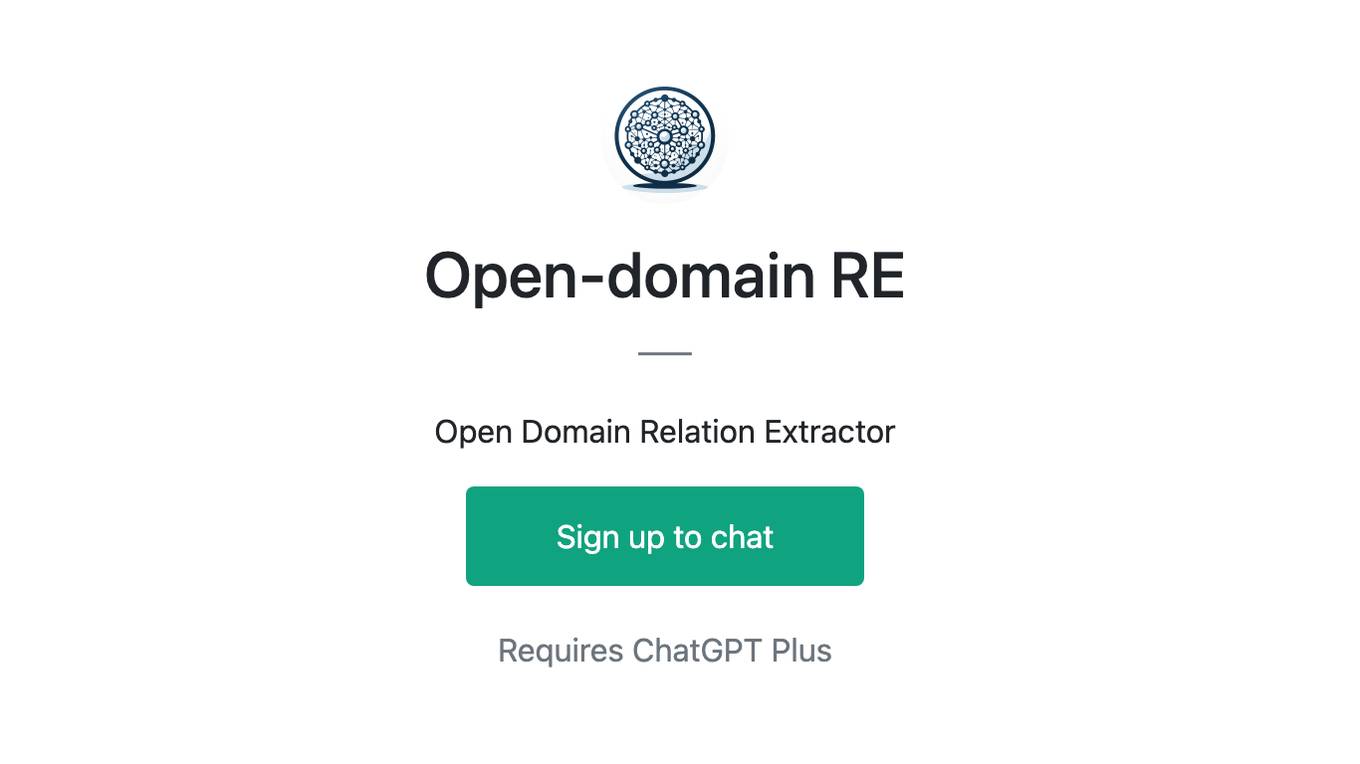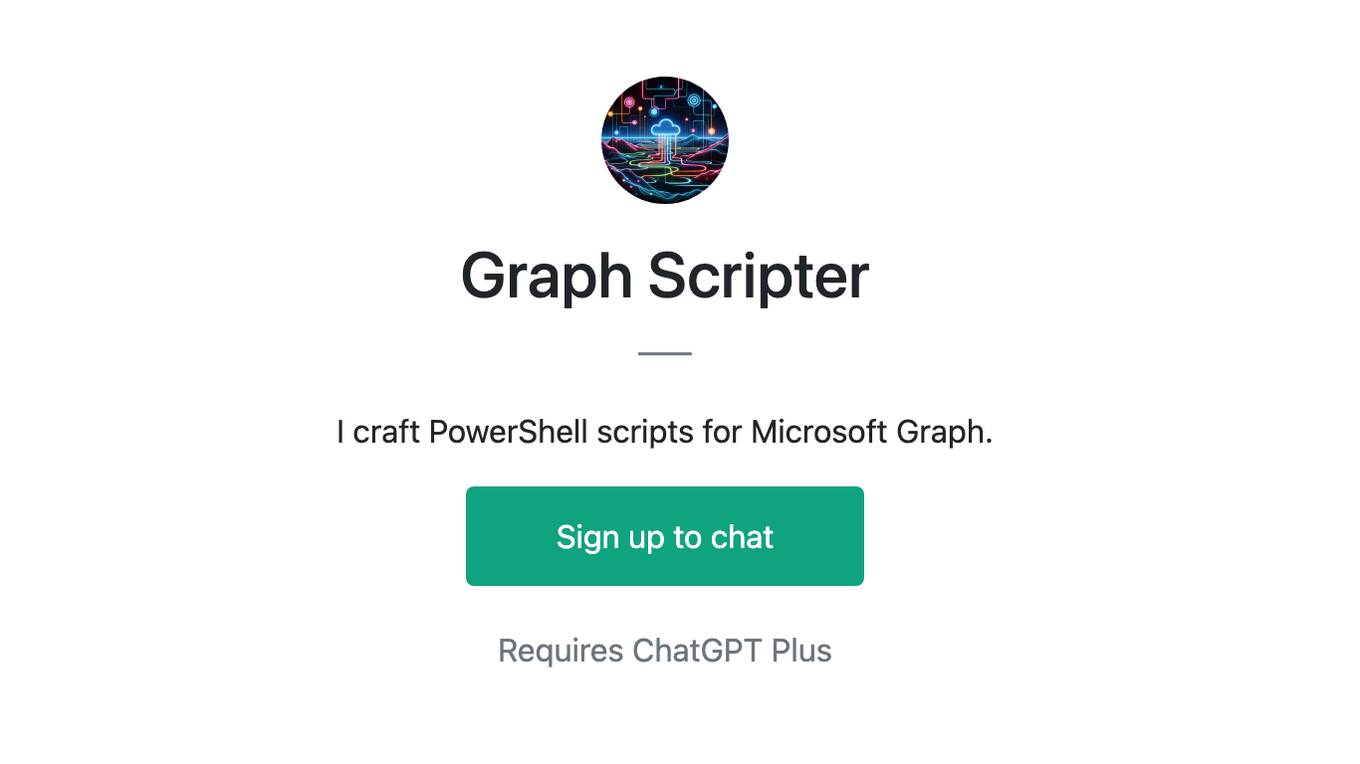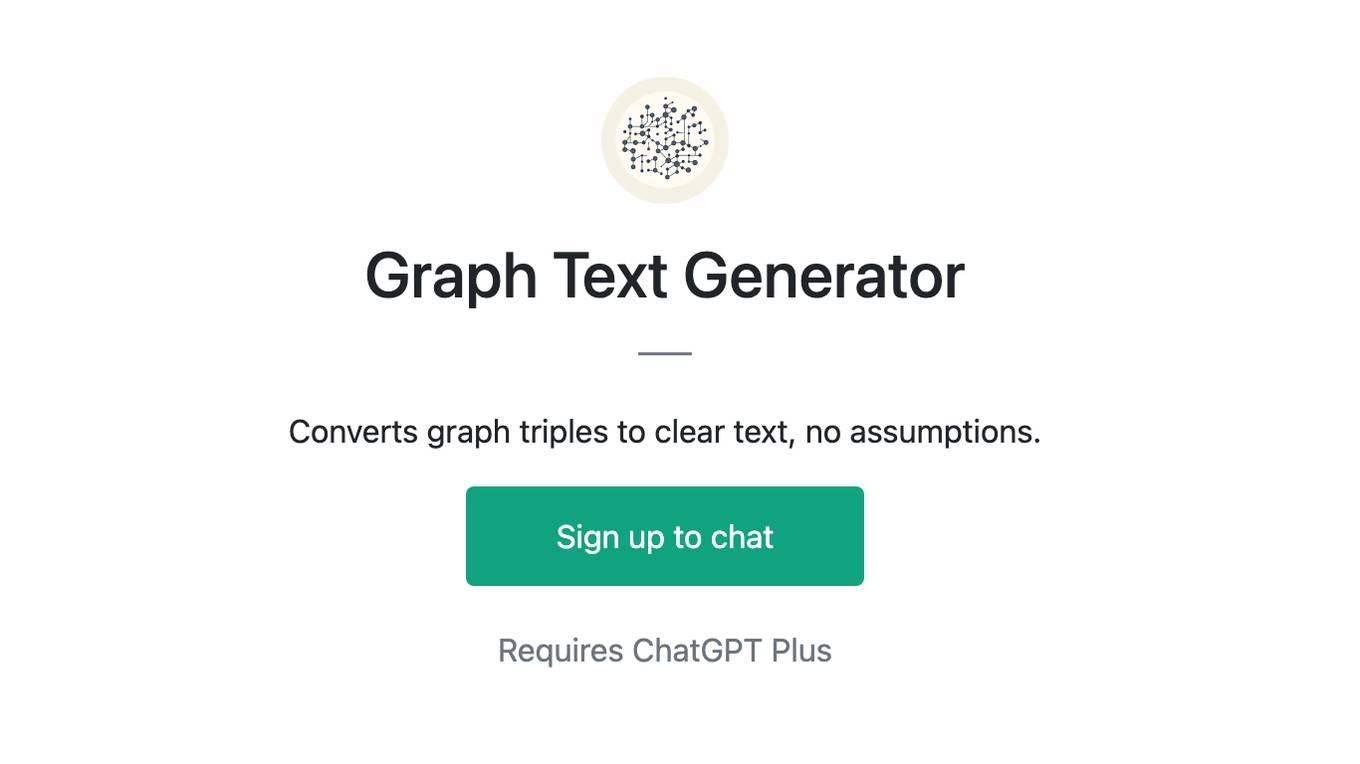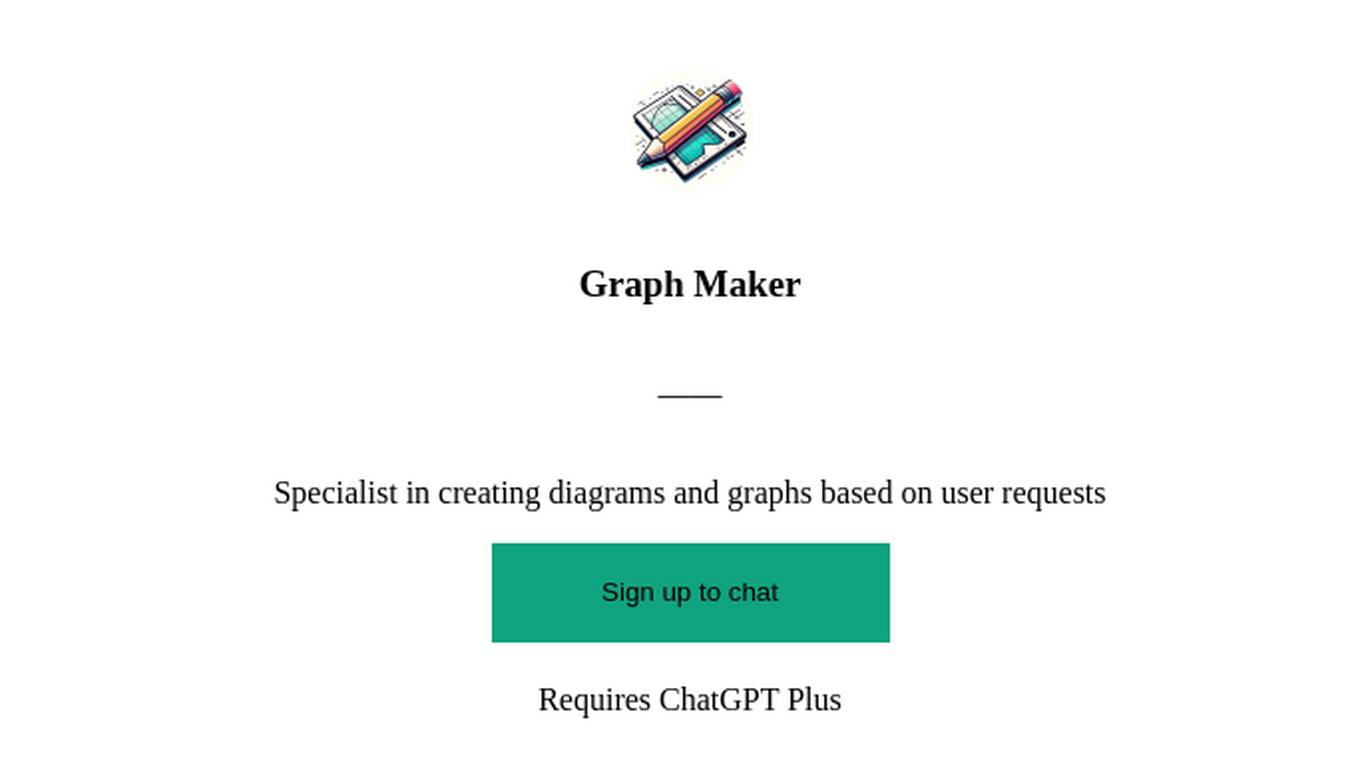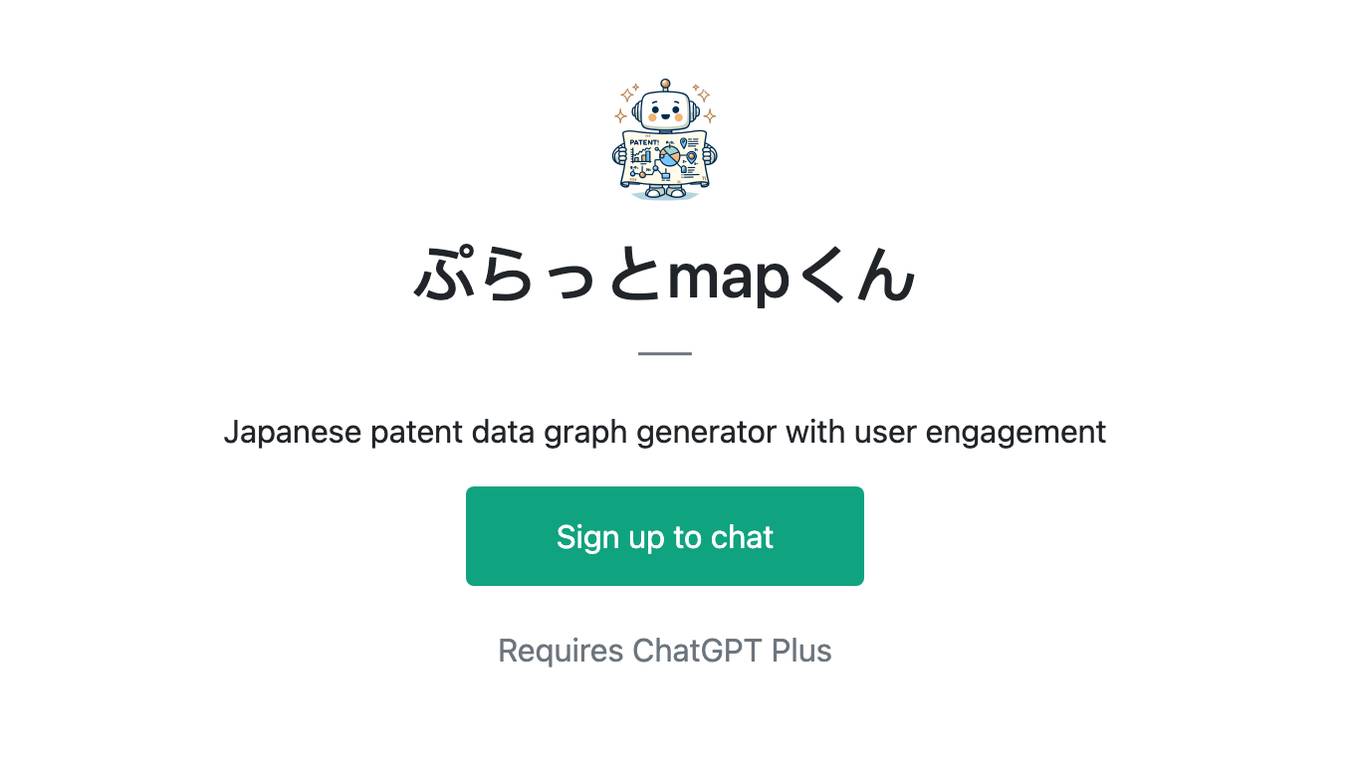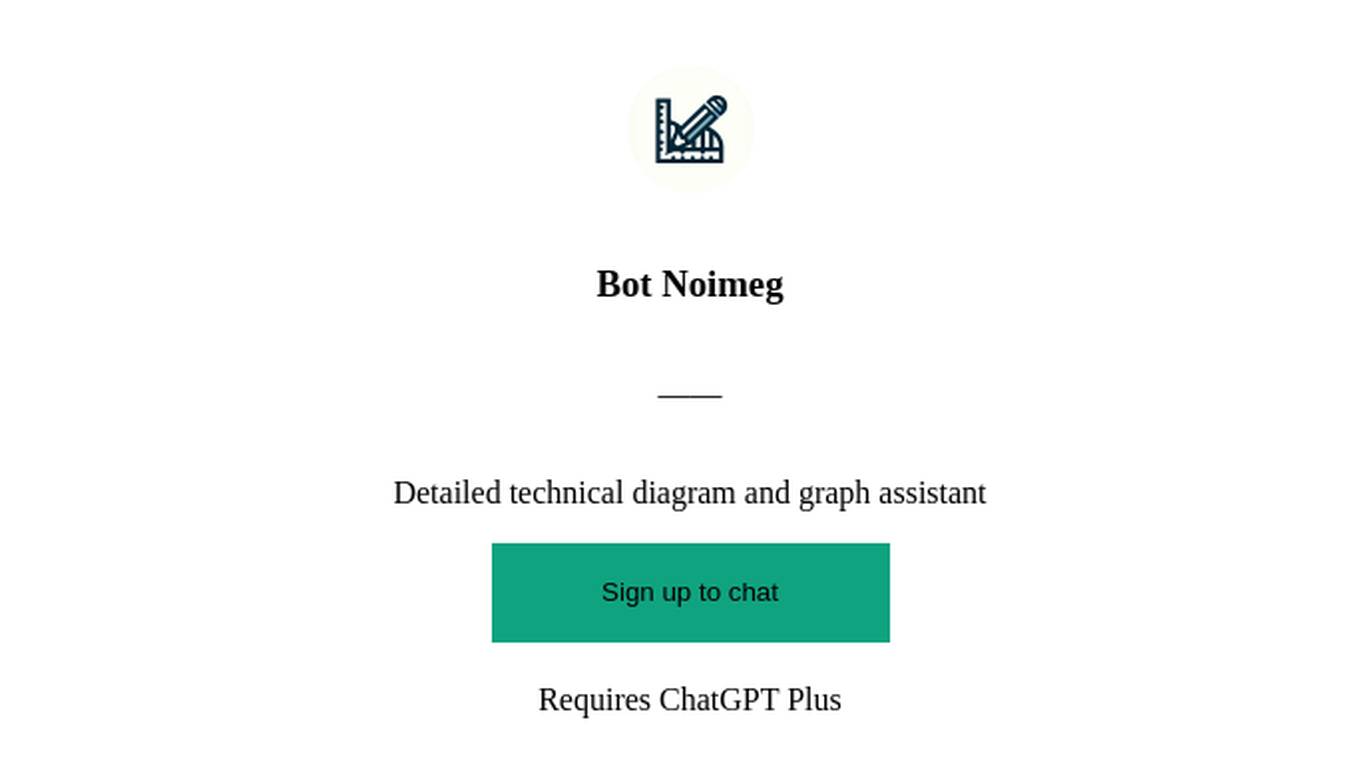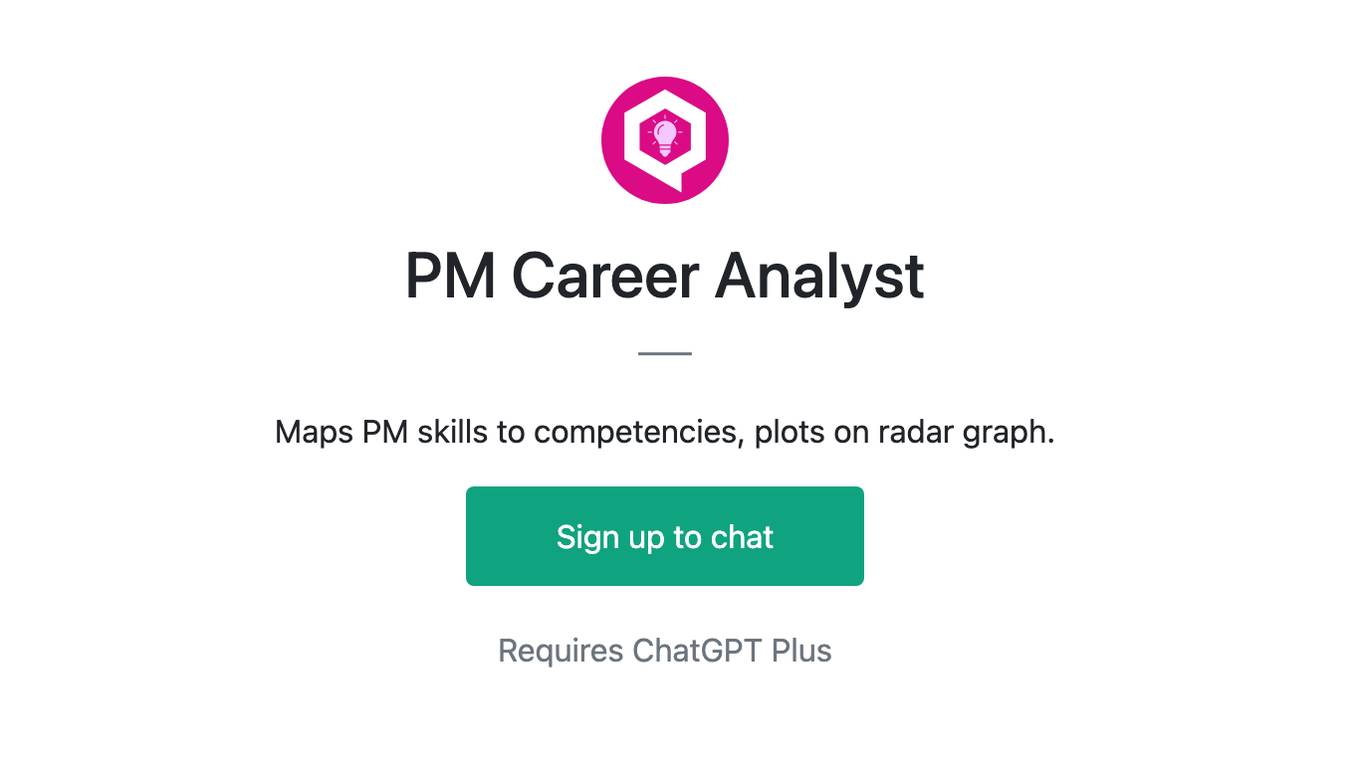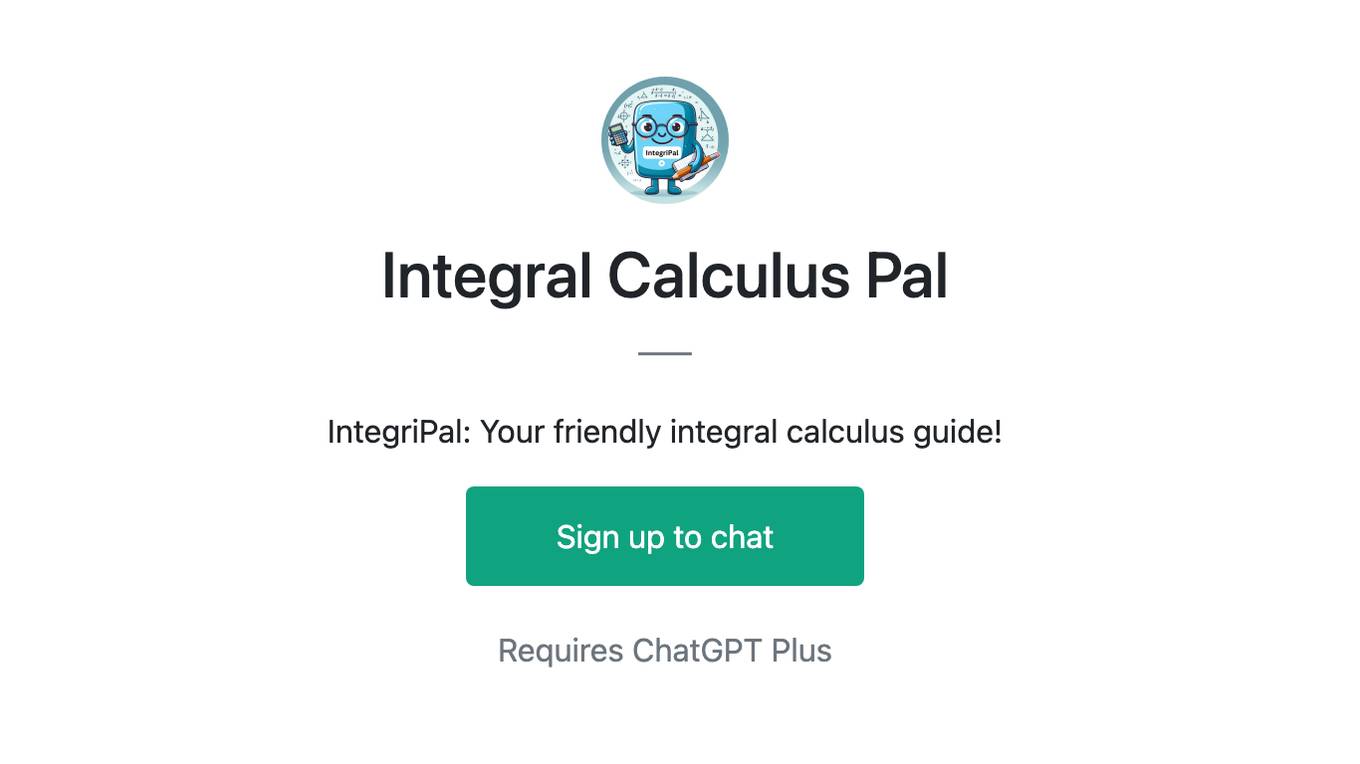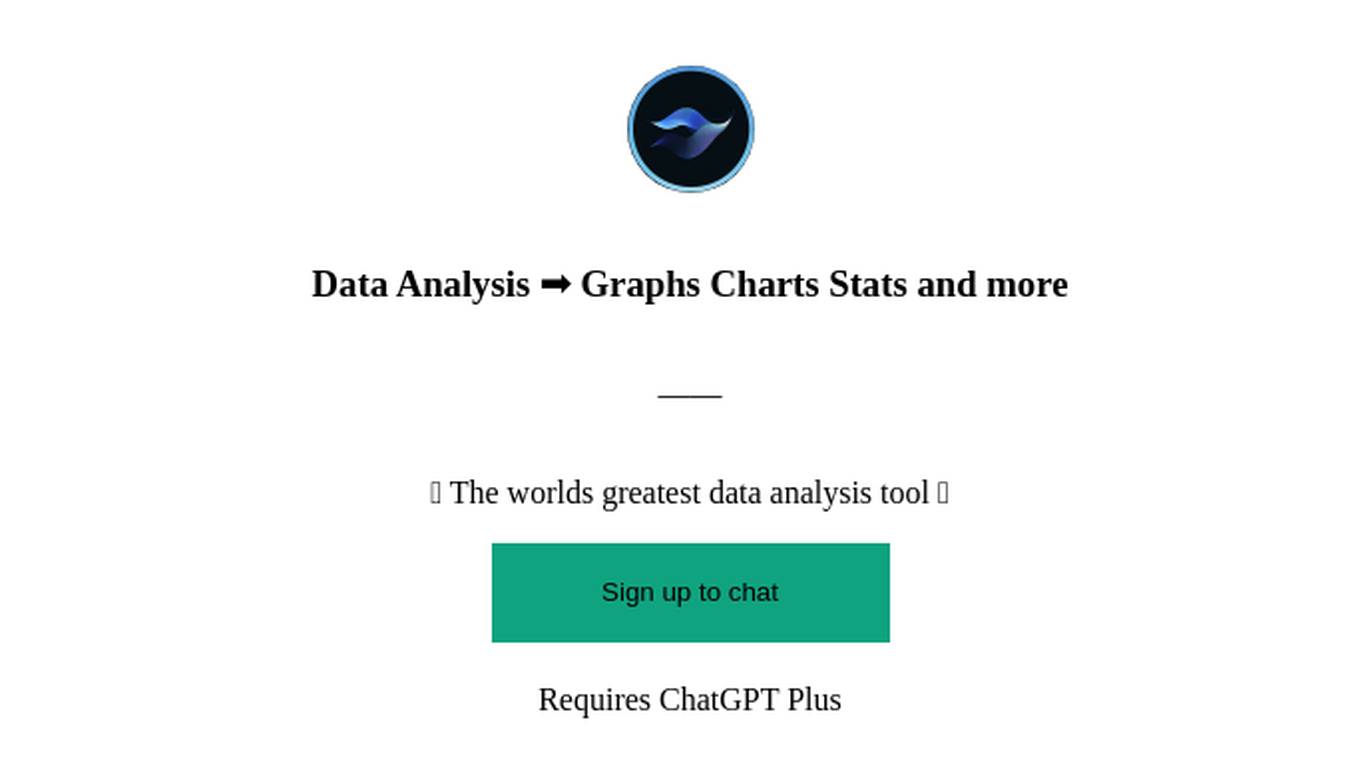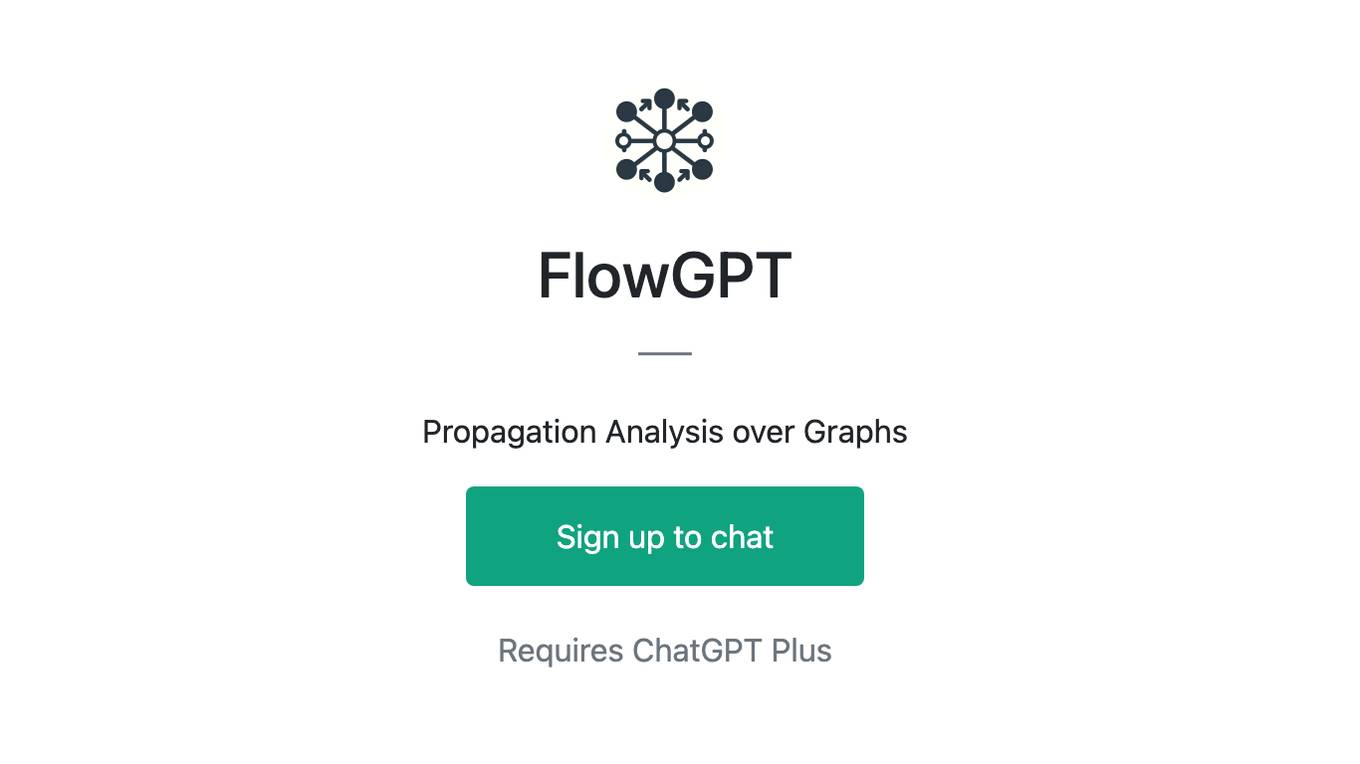Best AI tools for< Graph Database Developer >
Infographic
20 - AI tool Sites
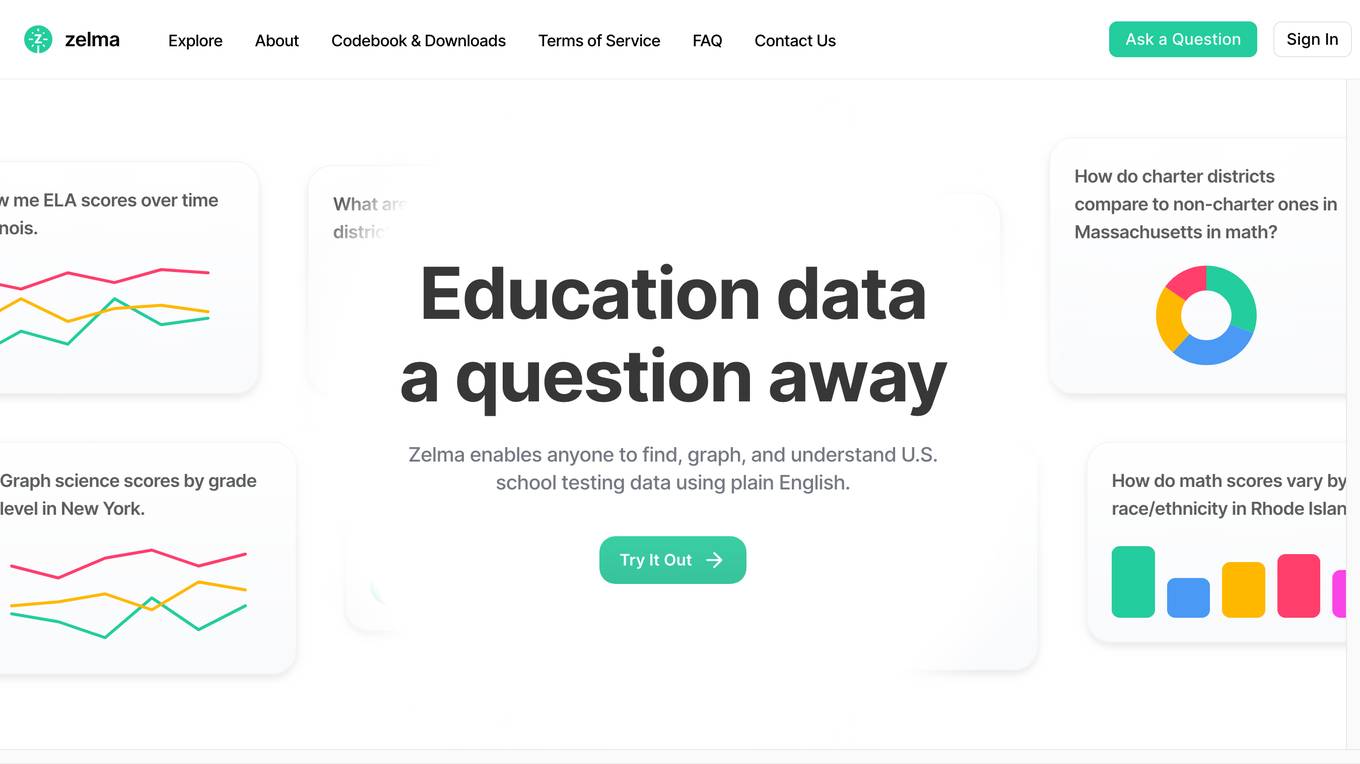
Education Data Center
The Education Data Center (EDC) Version 2.0 is a platform dedicated to providing clear and timely access to education data for researchers and education stakeholders. It offers a State Assessment Data Repository, a leading database of state assessment data in the United States. Users can download data files, utilize a custom-made AI tool to query the data, and access information about the EDC. The platform aims to support evidence-based decision-making to enhance the educational support for the nation's students.
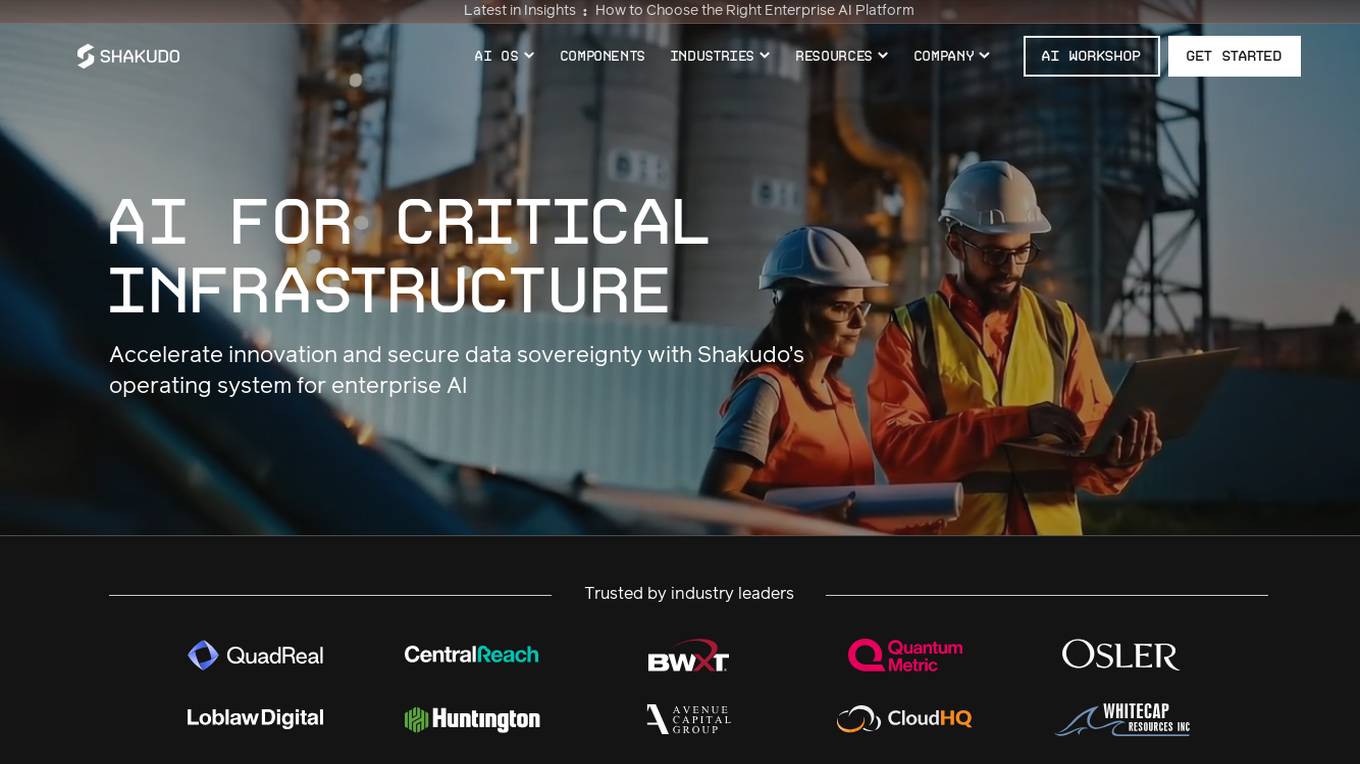
Shakudo
Shakudo is an AI application designed for critical infrastructure, offering a unified platform to build an ideal data stack. It provides various AI components such as AI Agents, Knowledge Graph, Vector Database, Workflow Automation, and Text to SQL. Shakudo caters to industries like Aerospace, Automotive & Transportation, Climate & Energy, Financial Services, Healthcare & Life Sciences, Manufacturing, Real Estate, and Retail, offering use cases like managing customer retention, personalizing learning pathways, and extracting key insights from financial documents. The platform also features case studies, white papers, and resources for in-depth learning and implementation.
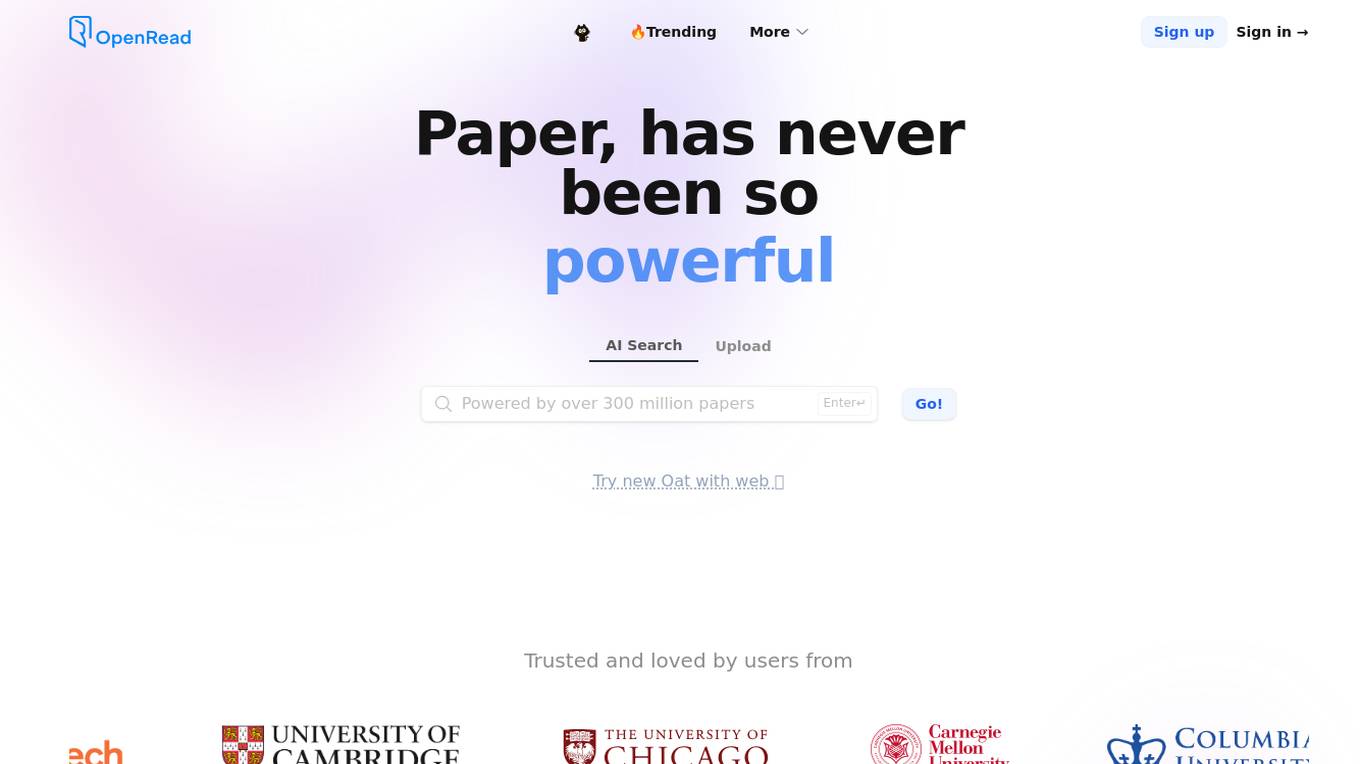
OpenRead
OpenRead is an AI-powered research tool that offers a seamless research experience by providing access to a vast repository of over 300 million papers and trillions of web sources. It allows users to search for papers in real-time, gain valuable insights, and explore trending research topics effortlessly. With features like paper Espresso, Paper Q&A, and related Paper Graph, OpenRead aims to enhance research productivity and knowledge organization. The tool also offers the ability to disable web support for focused tasks and remembers chat history for easy reference.
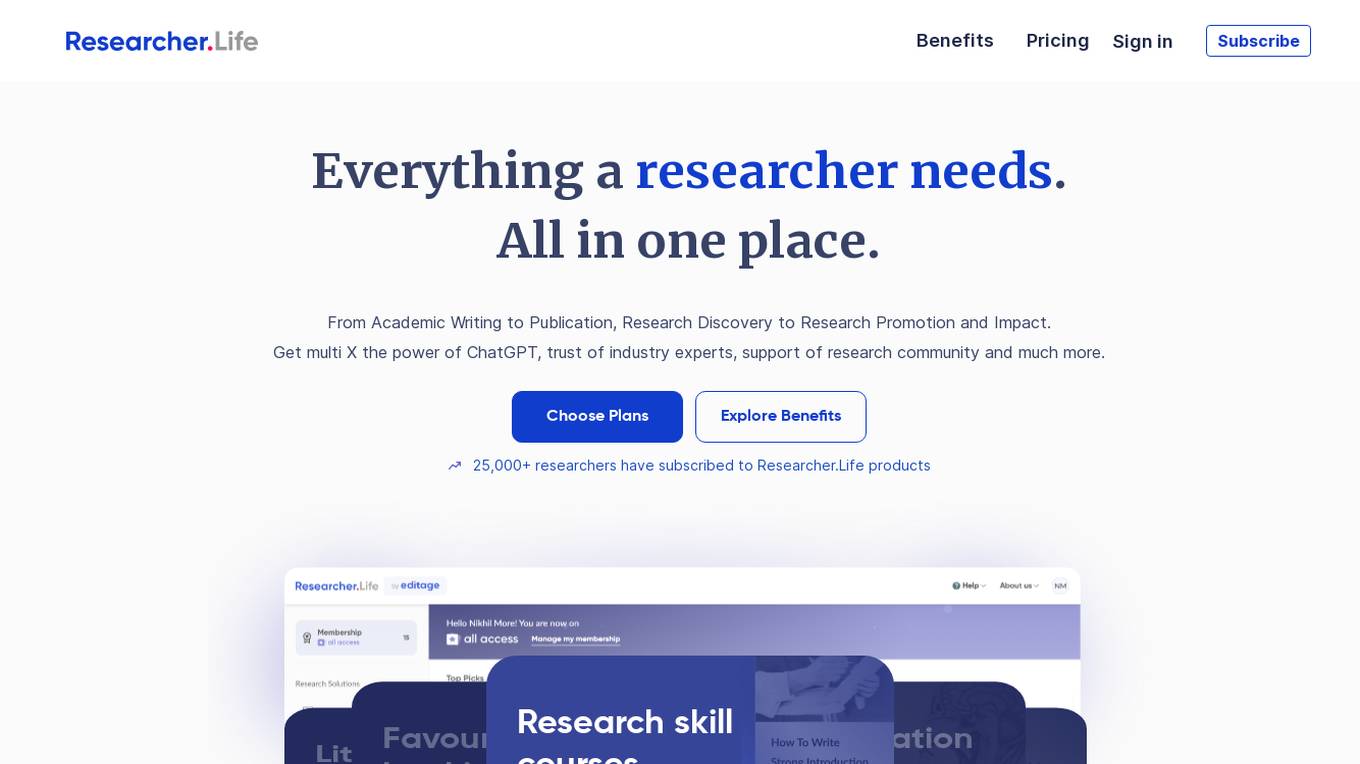
Researcher.Life
Researcher.Life is a comprehensive research support platform that provides AI-powered tools and expert publication services to empower researchers at every stage of their journey. With a suite of advanced AI tools, including Paperpal, R Discovery, and Mind the Graph, Researcher.Life helps researchers write better, discover relevant literature, create stunning scientific illustrations, and find the right journals for their work. Additionally, Researcher.Life offers expert publication services from Editage, ensuring that manuscripts are polished and ready for publication. By combining AI technology with human expertise, Researcher.Life simplifies complex research tasks, saves time, and accelerates the path to success for researchers worldwide.
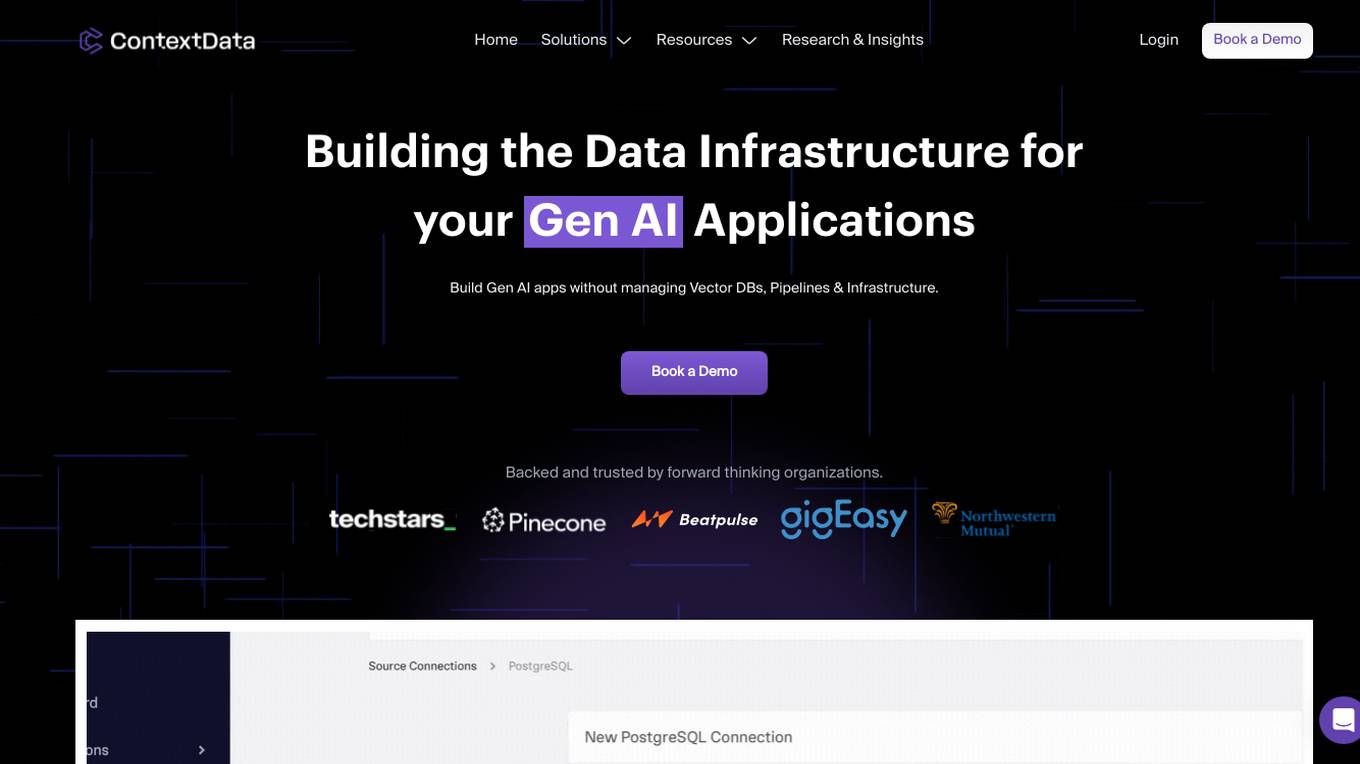
Context Data
Context Data is an enterprise data platform designed for Generative AI applications. It enables organizations to build AI apps without the need to manage vector databases, pipelines, and infrastructure. The platform empowers AI teams to create mission-critical applications by simplifying the process of building and managing complex workflows. Context Data also provides real-time data processing capabilities and seamless vector data processing. It offers features such as data catalog ontology, semantic transformations, and the ability to connect to major vector databases. The platform is ideal for industries like financial services, healthcare, real estate, and shipping & supply chain.
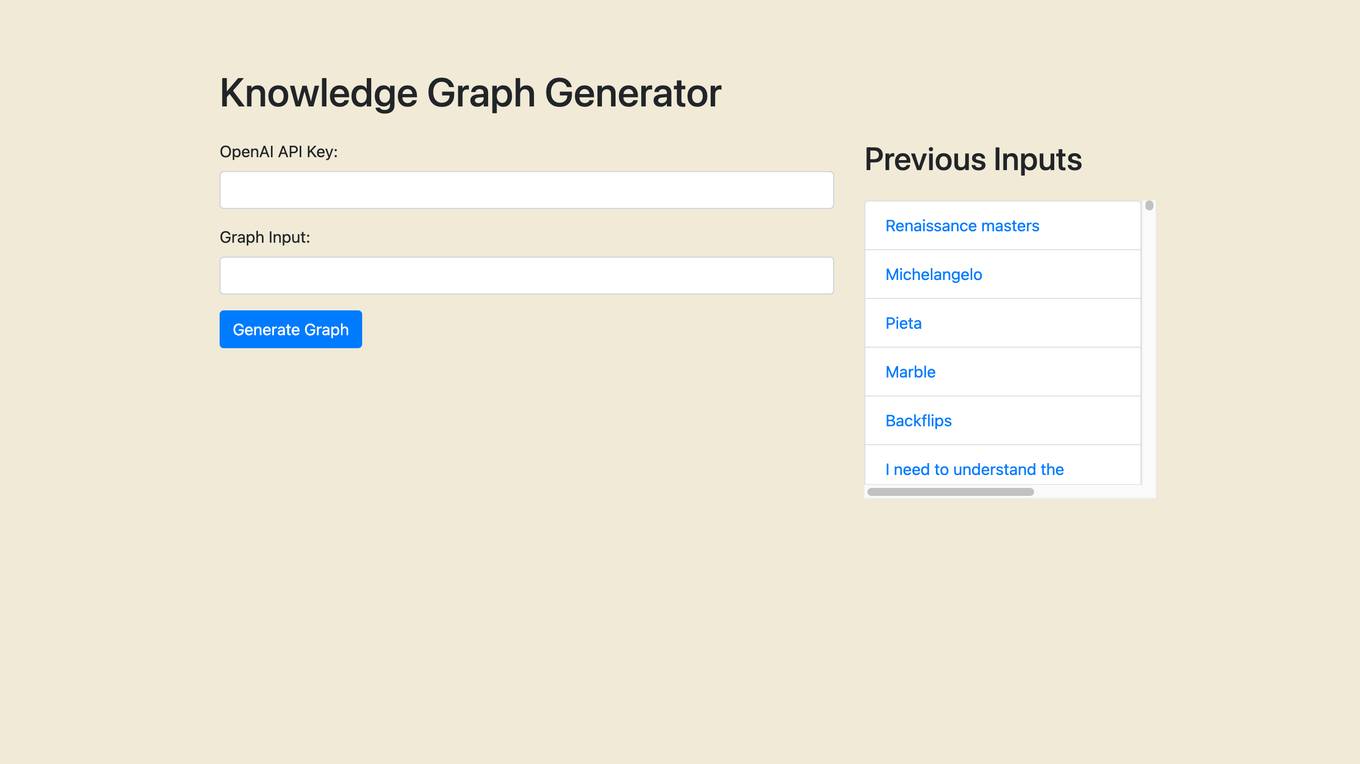
Knowledge Graph Generator
The website is an AI tool designed to generate a knowledge graph based on input text. It uses advanced algorithms and machine learning capabilities to streamline operations, deliver personalized experiences, and unlock new possibilities. Users can input text related to various topics, and the tool processes the information to create a structured knowledge graph.
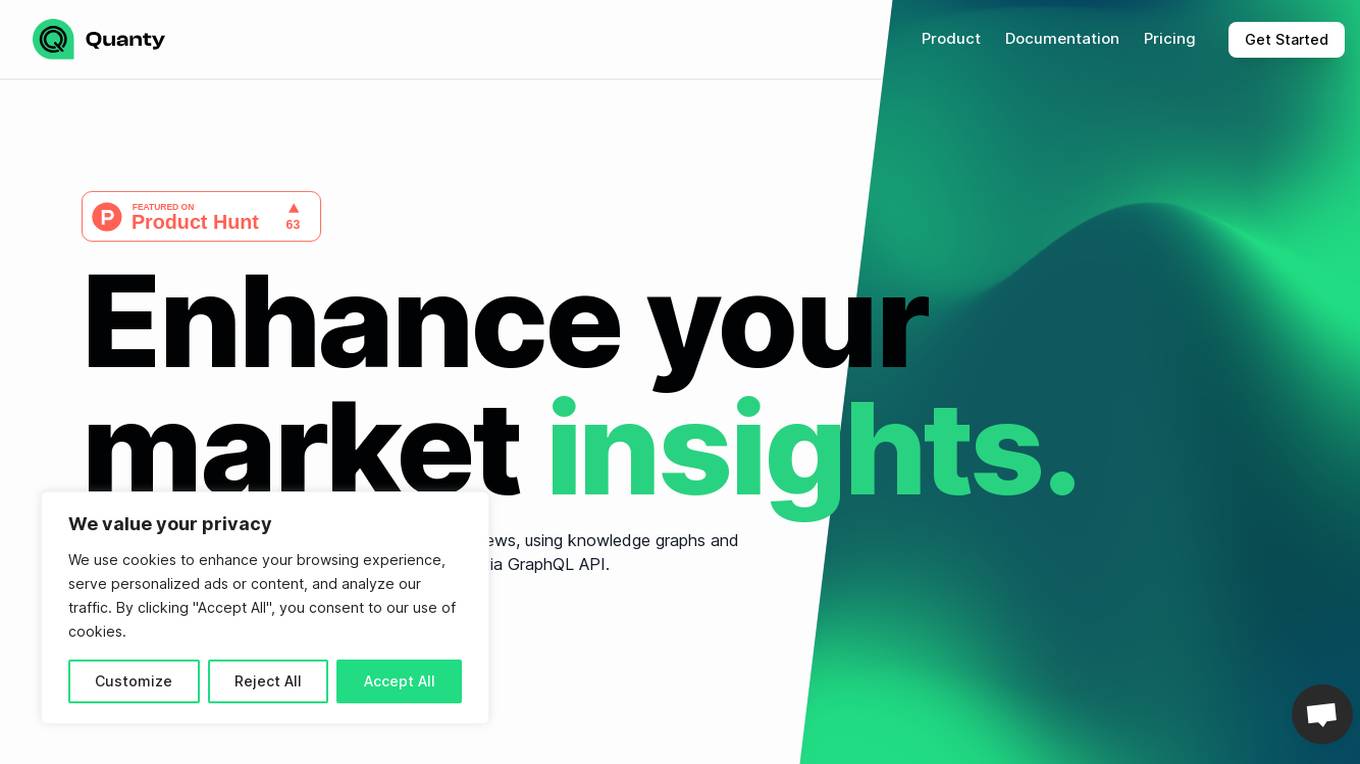
Quanty
Quanty is an AI-driven financial knowledge graph application that provides market insights on crypto and stocks news through advanced algorithms and knowledge graphs. It offers a GraphQL API for deep market understanding, smart data classification, current market insights, entity and relationship extraction, and dynamic GraphQL access. Users can access a wide range of financial news, insights, and analytics seamlessly through Quanty's robust GraphQL API.
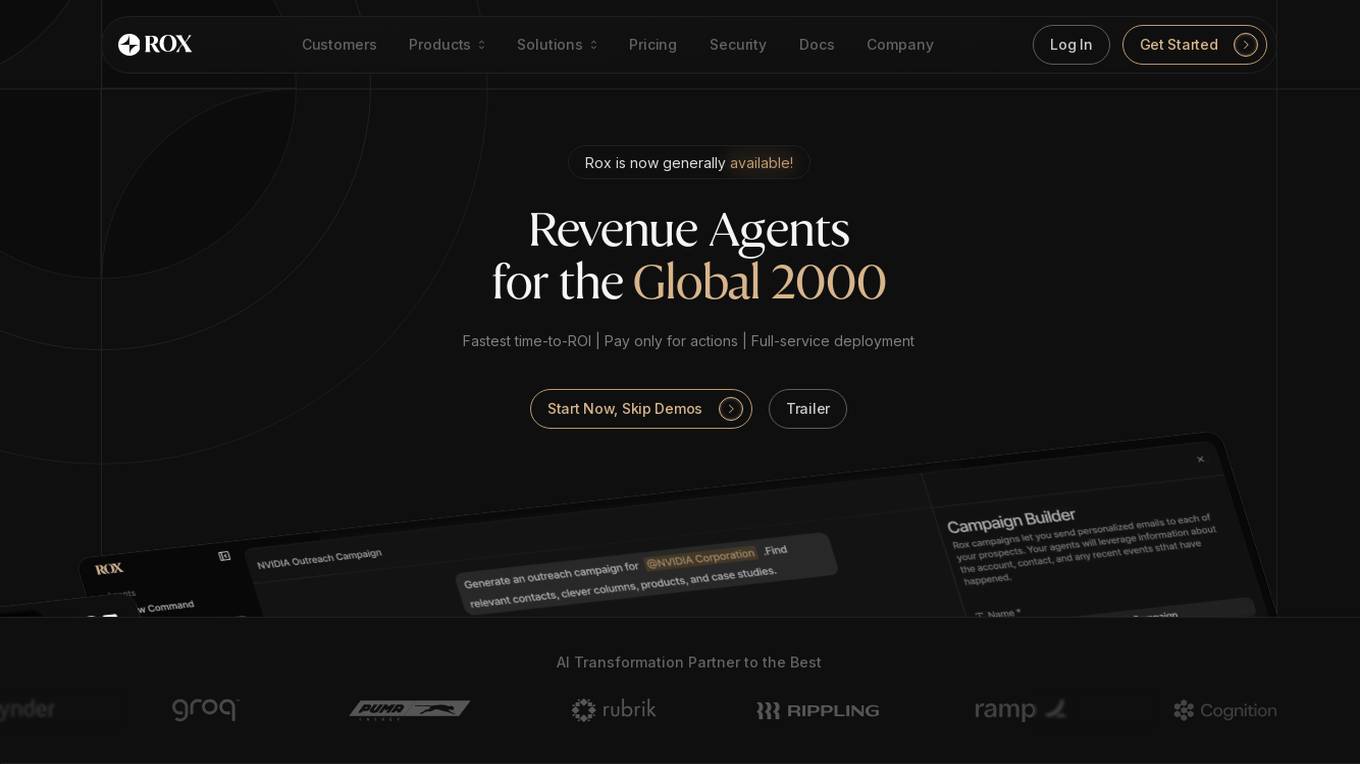
Rox
Rox is an AI-powered sales productivity platform designed to supercharge sales teams by automating research, outreach, deal management, and meeting assistance. It transforms enterprise revenue by accelerating growth and enabling teams to re-skill into AI-native operators. Rox offers intelligent workflows, proactive deal monitoring, and full meeting assistance to help users stay proactive and close deals faster. The platform is built for enterprise-grade performance, security, and compliance, integrating seamlessly with existing tools and providing onboarding and support. Rox is a revenue transformation partner for top-performing sales teams.
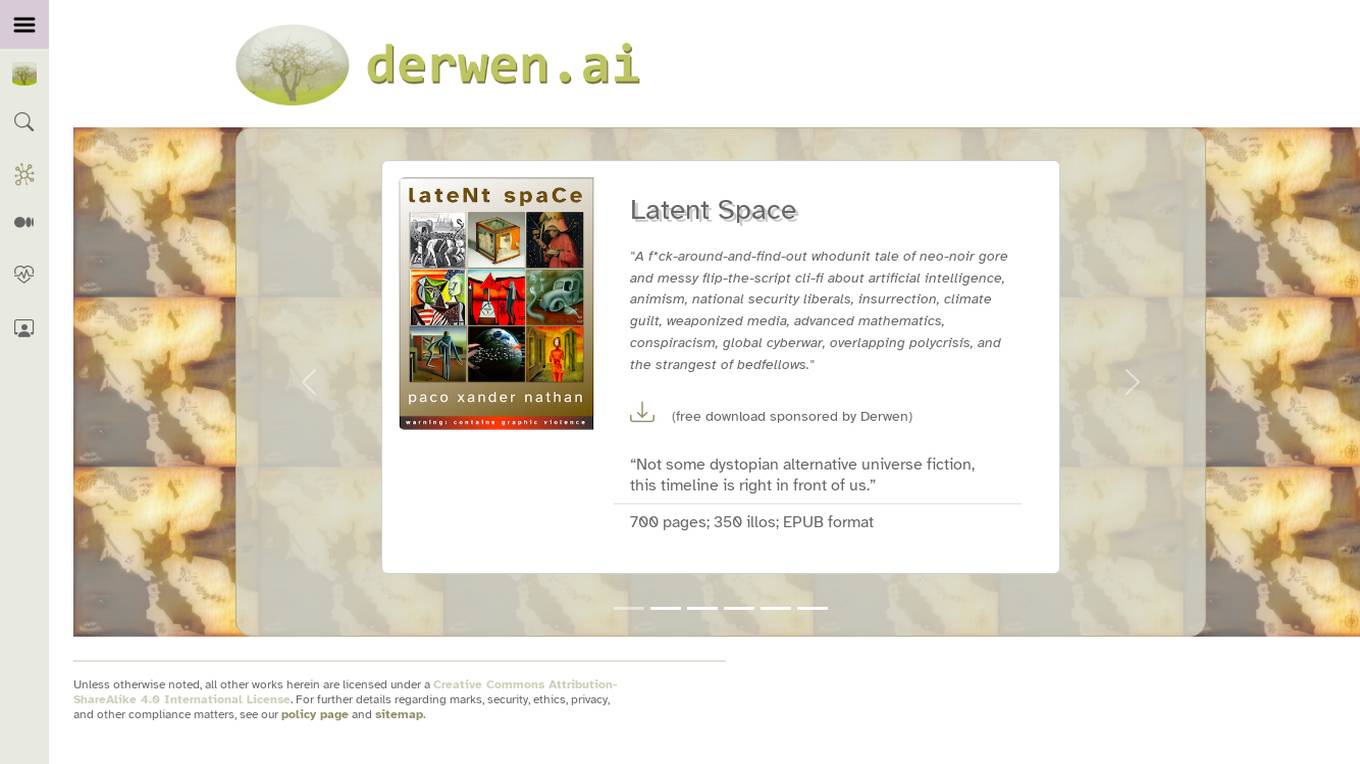
Derwen
Derwen is an open-source integration platform for production machine learning in enterprise, specializing in natural language processing, graph technologies, and decision support. It offers expertise in developing knowledge graph applications and domain-specific authoring. Derwen collaborates closely with Hugging Face and provides strong data privacy guarantees, low carbon footprint, and no cloud vendor involvement. The platform aims to empower AI engineers and domain experts with quality, time-to-value, and ownership since 2017.
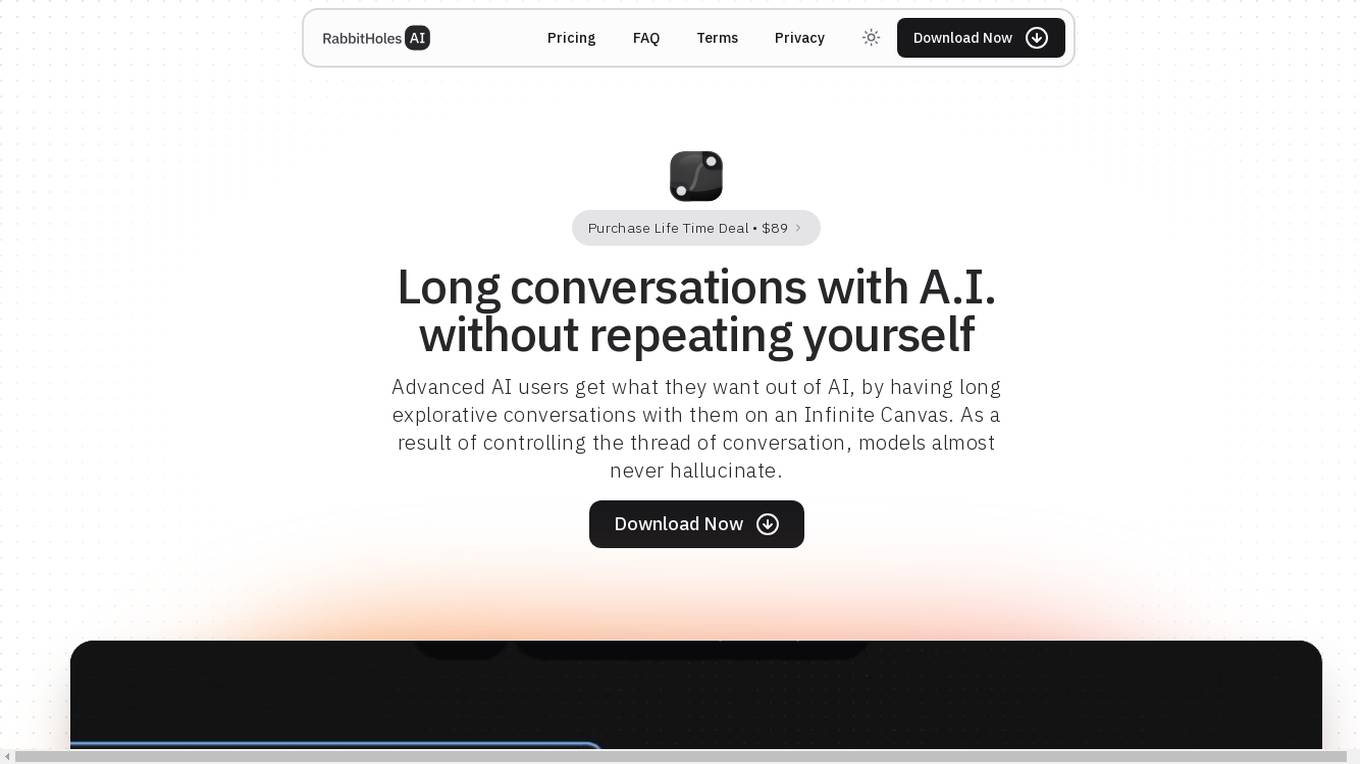
RabbitHoles AI
RabbitHoles AI is an advanced AI tool that allows users to engage in long explorative conversations with AI models on an Infinite Canvas. By controlling the conversation thread, users can prevent models from hallucinating, enabling them to match the speed of their curiosity, learn faster, go deeper, and discover more. The tool is used by individuals at top organizations like Open AI, Google, and Qualcomm, offering a simple one-time purchase with no monthly fees and free updates and support for a year.
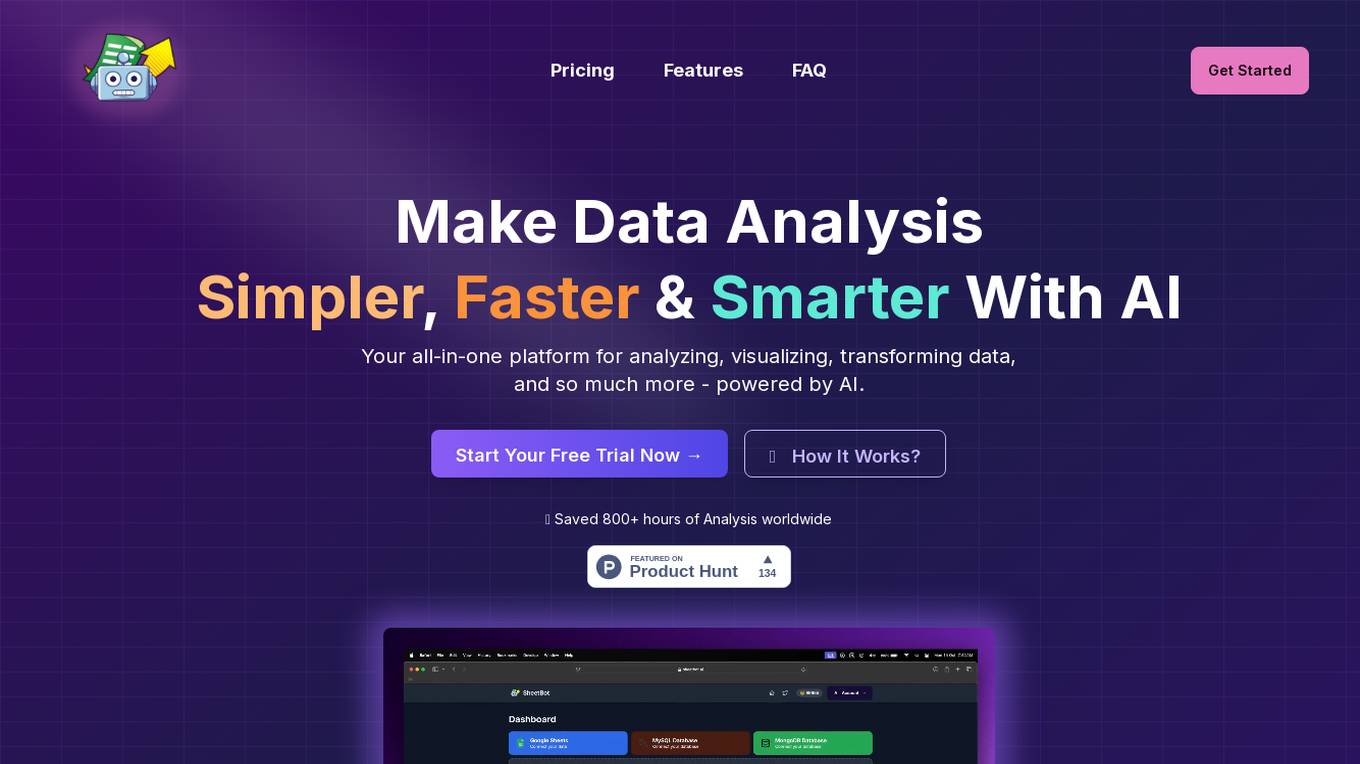
SheetBot AI
SheetBot AI is an AI data analyst tool that enables users to analyze data quickly without the need for coding. It automates repetitive and time-consuming data tasks, making data visualization and analysis more efficient. With SheetBot AI, users can generate accurate and visually appealing graphs in seconds, streamlining the data analysis process.
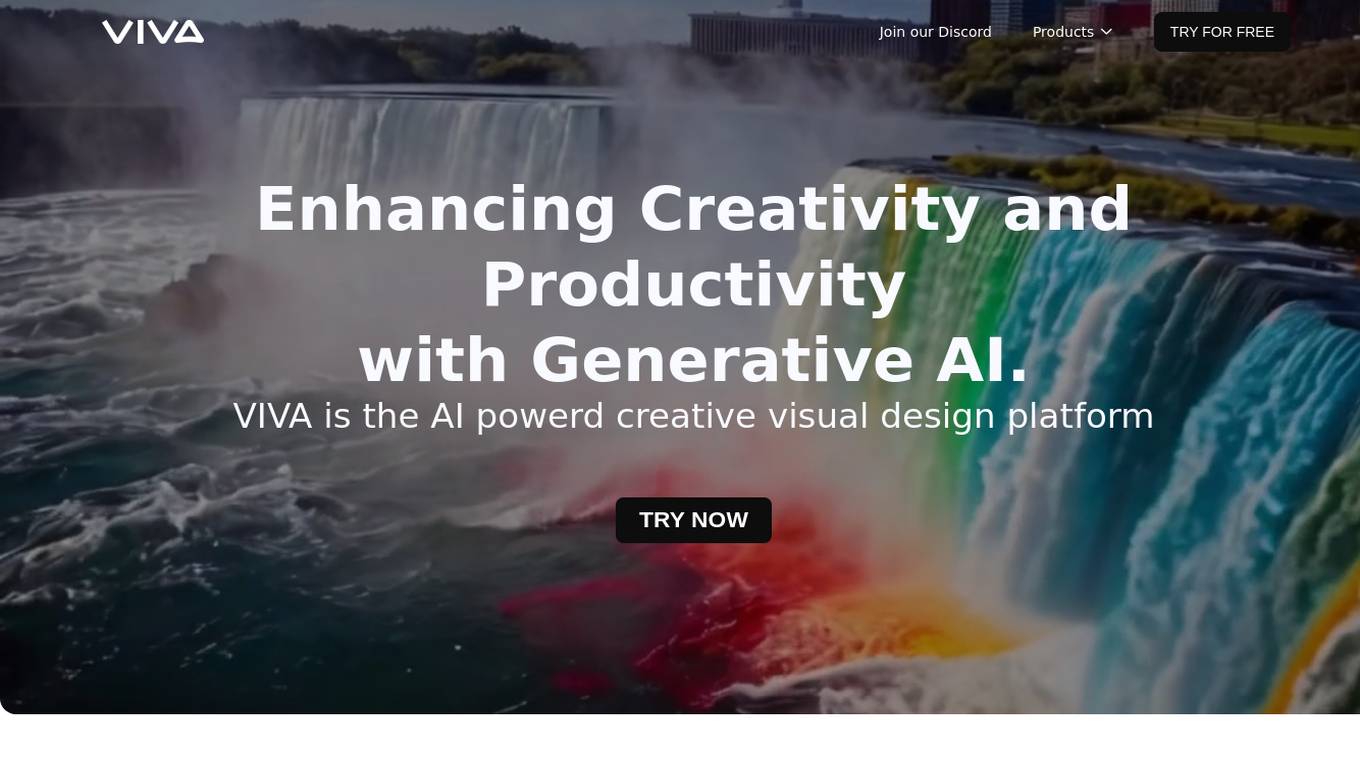
VIVA.ai
VIVA is an AI-powered creative visual design platform that aims to bring every moment to life. It provides users with tools and features to create visually appealing designs effortlessly. With VIVA, users can unleash their creativity and design stunning visuals for various purposes such as social media posts, presentations, and marketing materials. The platform leverages artificial intelligence to streamline the design process and help users achieve professional-looking results without the need for advanced design skills.
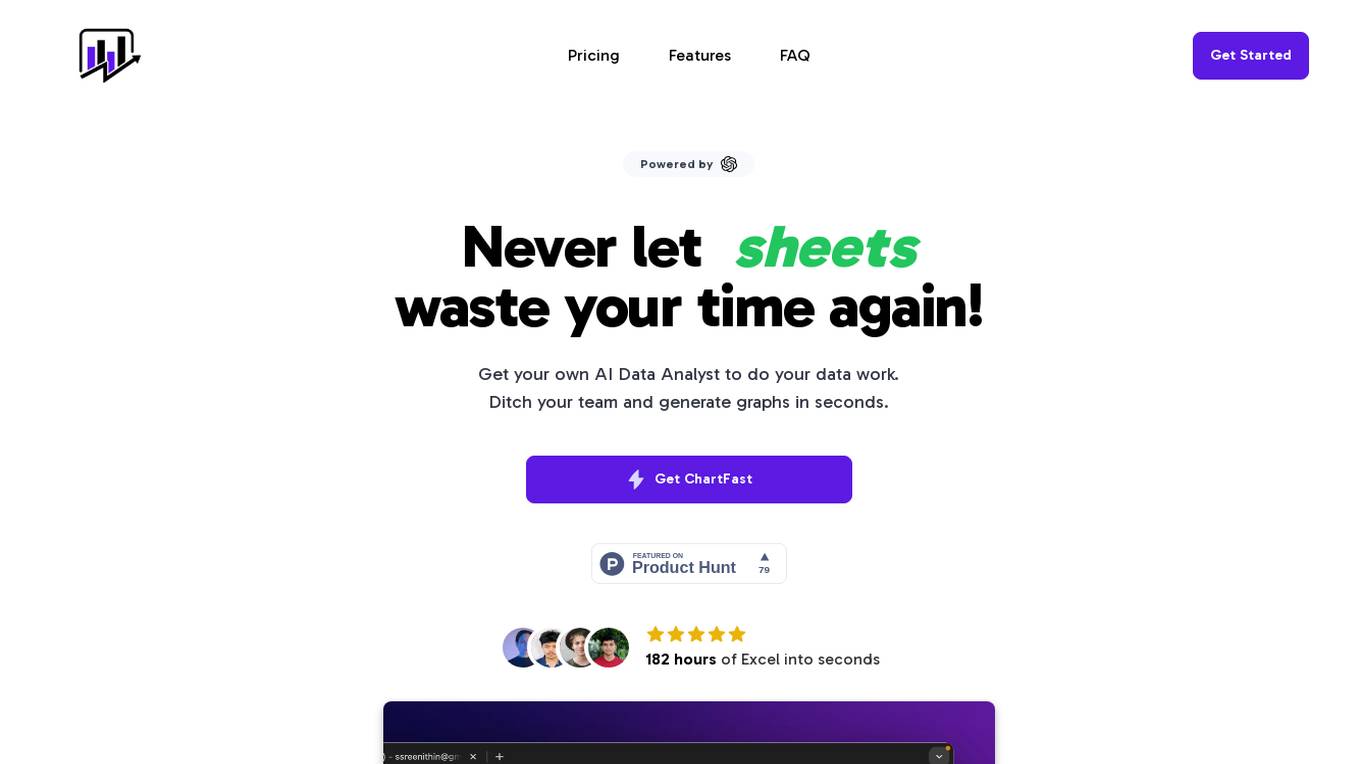
ChartFast
ChartFast is an AI Data Analyzer tool that automates data visualization and analysis tasks, powered by GPT-4 technology. It allows users to generate precise and sleek graphs in seconds, process vast amounts of data, and provide interactive data queries and quick exports. With features like specialized internal libraries for complex graph generation, customizable visualization code, and instant data export, ChartFast aims to streamline data work and enhance data analysis efficiency.

Capital Companion
Capital Companion is an AI-powered trading and investing platform designed to provide users with a competitive edge in the markets. The platform offers a range of features including 24/7 AI assistant support, intelligent trading recommendations, risk analysis tools, real-time stock analytics, market sentiment analysis, and pattern recognition for technical analysis. By leveraging artificial intelligence, Capital Companion aims to help traders make well-informed decisions and protect their investments in a dynamic market environment.
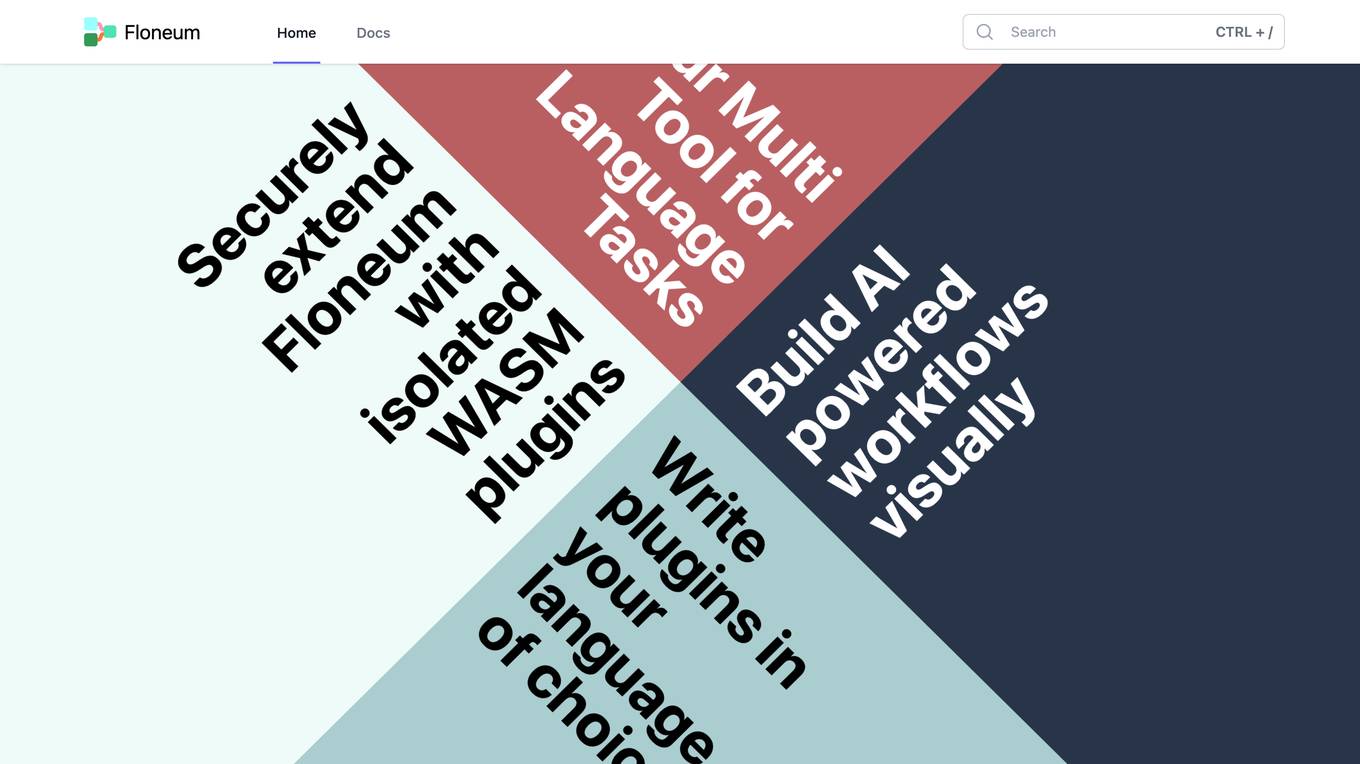
Floneum
Floneum is a versatile AI-powered tool designed for language tasks. It offers a user-friendly interface to build workflows using large language models. With Floneum, users can securely extend functionality by writing plugins in various languages compiled to WebAssembly. The tool provides a sandboxed environment for plugins, ensuring limited resource access. With 41 built-in plugins, Floneum simplifies tasks such as text generation, search engine operations, file handling, Python execution, browser automation, and data manipulation.
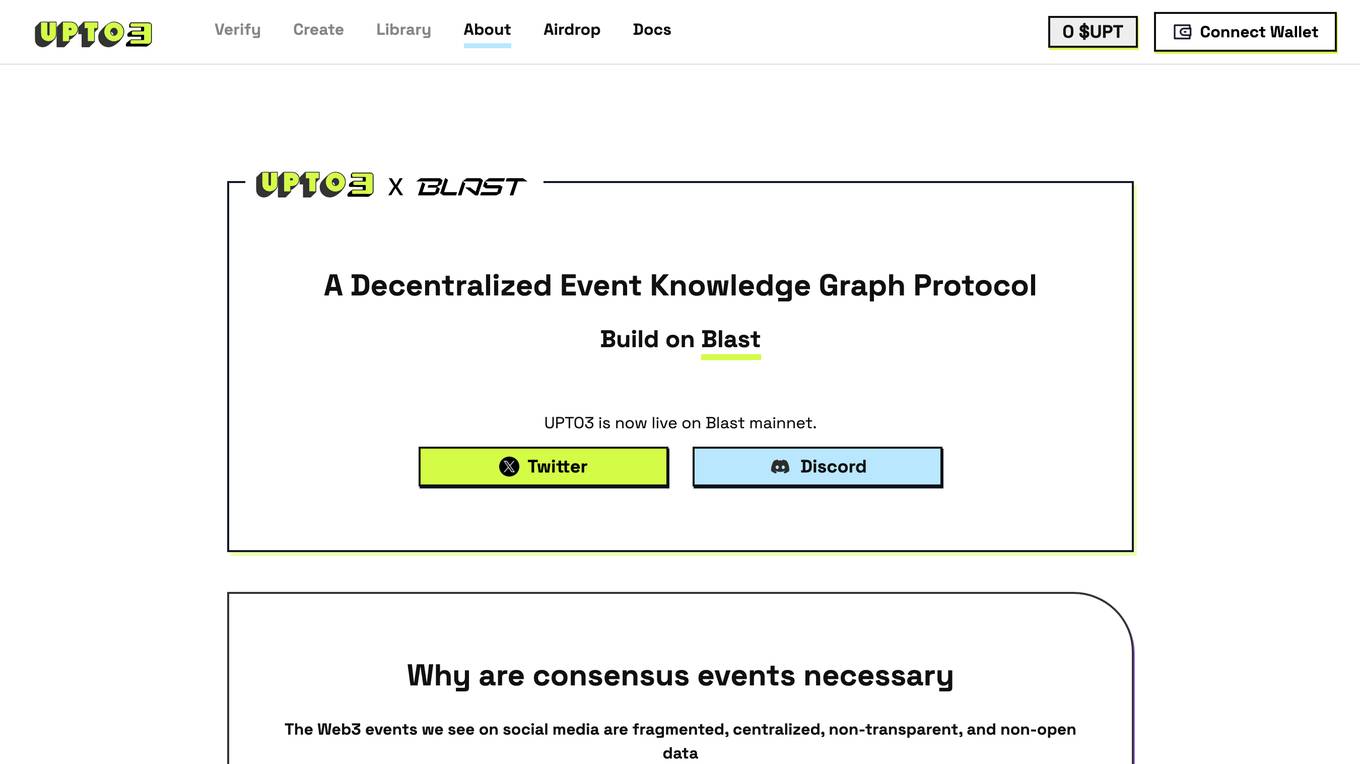
UPTO3
UPTO3 is a decentralized event knowledge graph protocol that aims to provide consensus verification for Web3 events by turning them into NFTs. It allows users to mint and verify events, with rewards based on the results. The platform promotes transparency, open data, and unbiased analysis through economic incentives. UPTO3 will be built on Blast(L2) and offers features such as event minting as NFTs, permissionless access, and decentralized validation tasks.
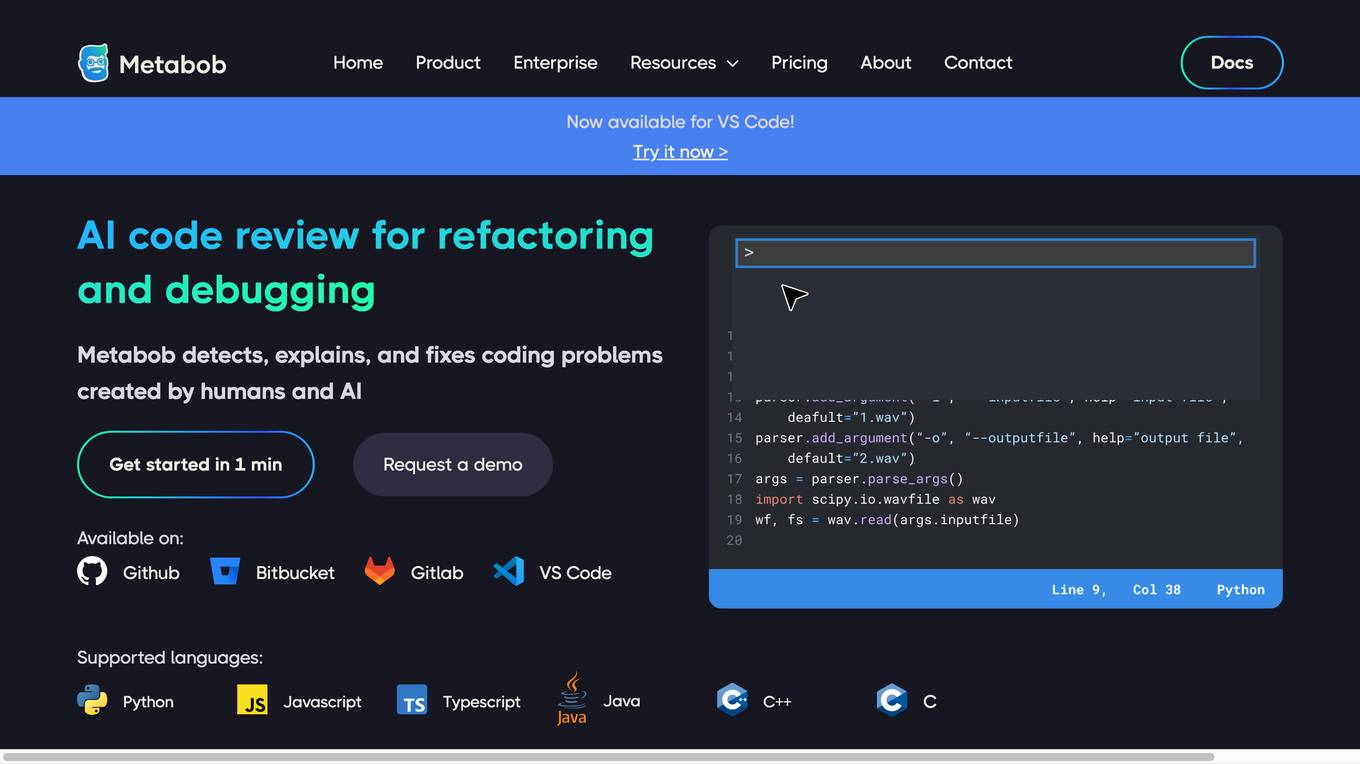
Metabob
Metabob is an AI-powered code review tool that helps developers detect, explain, and fix coding problems. It utilizes proprietary graph neural networks to detect problems and LLMs to explain and resolve them, combining the best of both worlds. Metabob's AI is trained on millions of bug fixes performed by experienced developers, enabling it to detect complex problems that span across codebases and automatically generate fixes for them. It integrates with popular code hosting platforms such as GitHub, Bitbucket, Gitlab, and VS Code, and supports various programming languages including Python, Javascript, Typescript, Java, C++, and C.
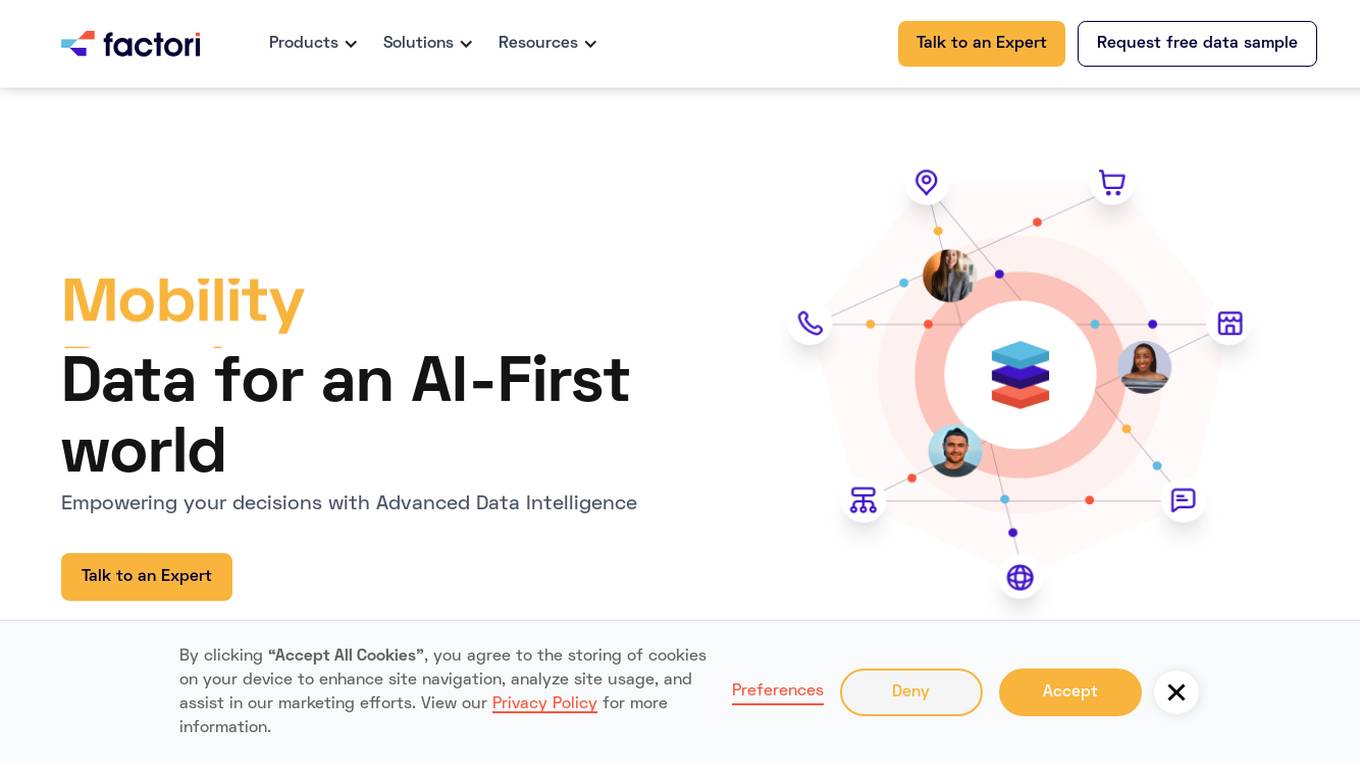
Factori
Factori is a data intelligence platform designed for an AI-first world, offering a wide range of products and datasets to empower businesses with advanced data insights. It enables users to uncover movement trends, reach customers effectively, drive data-driven insights, personalize experiences, and target the right consumers with unique segments. Factori is trusted by global businesses for all their data requirements, providing high-quality data to improve predictive and causal models.
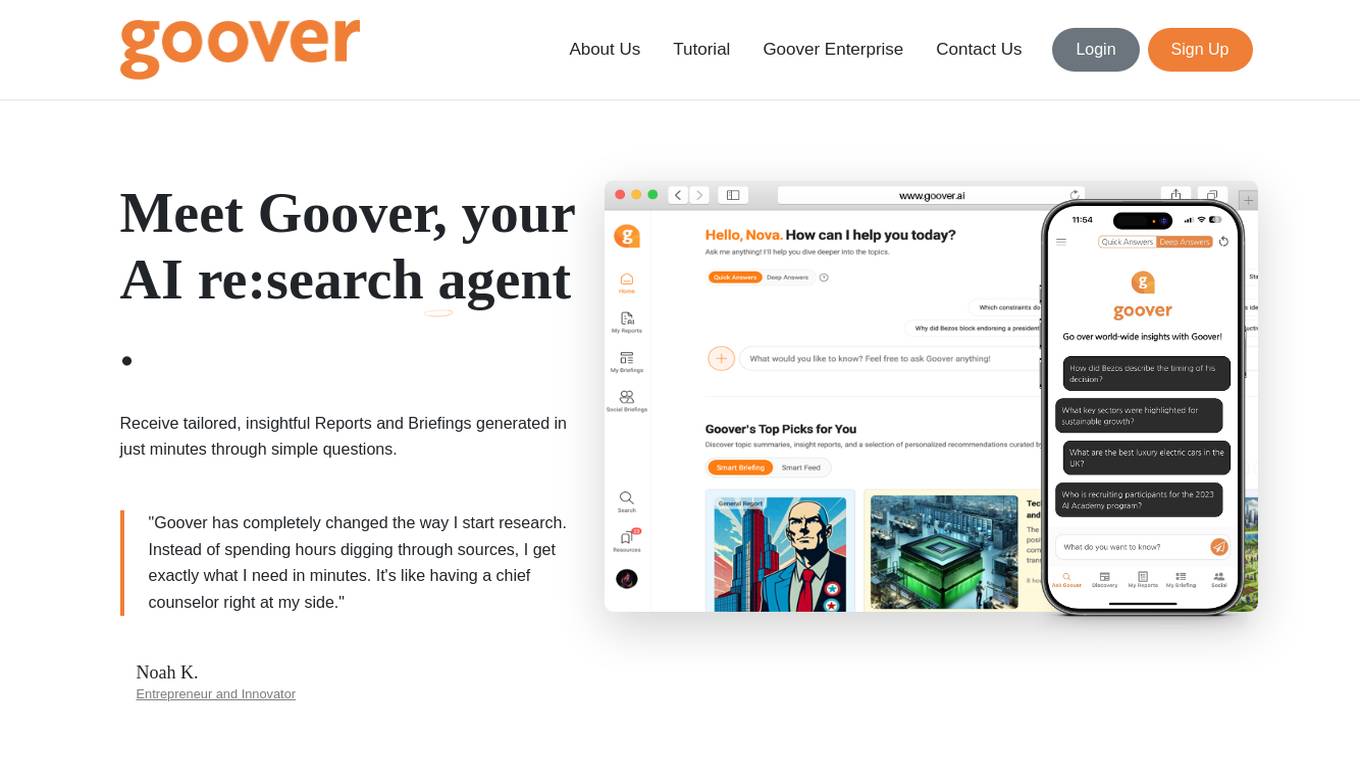
Goover
Goover is an AI Re:search Agent that provides tailored, insightful Reports and Briefings generated in minutes through simple questions. Trusted by global leaders and everyday users, Goover helps make informed decisions and navigate challenges effortlessly. Users can ask any question, attach documents, and turn questions into insights. With features like Smart Feed, Smart Briefing, and Briefing Agents, Goover ensures users stay informed on topics of interest and gain a competitive edge. Users can also upload documents, edit references, and regenerate reports in various styles for hyper-personalized AI-Reports. Goover's Chrome Extension allows users to clip insightful content, organize collections, and convert them into actionable insights. Additionally, Goover builds knowledge graphs automatically by reviewing reference documents, extracting key topics, and linking them semantically to reveal hidden insights and relationships among key players.
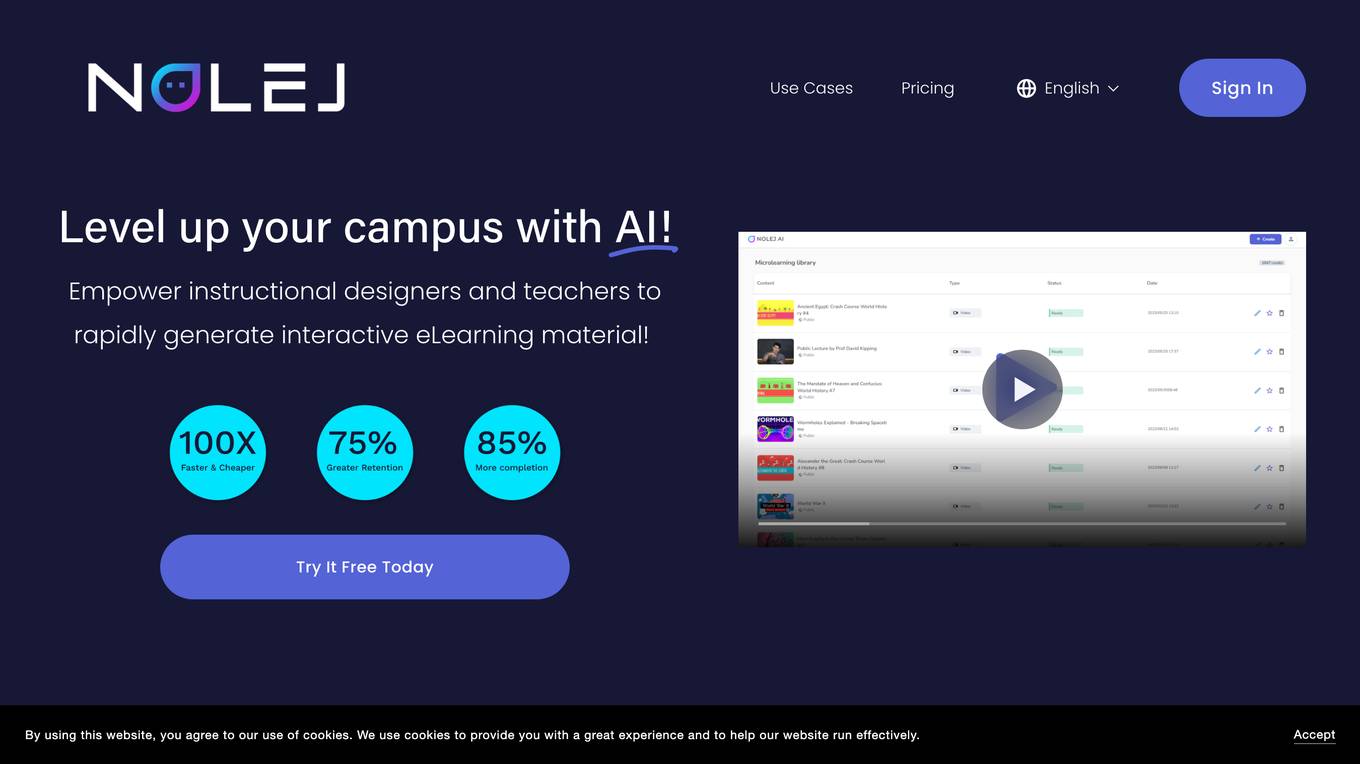
NOLEJ
NOLEJ is an AI-powered platform that helps instructional designers and teachers rapidly generate interactive eLearning material. It can automatically generate interactive content from existing learning materials, such as textbooks, videos, and online media resources. NOLEJ also offers a variety of interactive formats, including interactive videos, flashcards, glossaries, crosswords, drag-and-drop activities, find-the-word puzzles, and interactive books.
3 - Open Source Tools
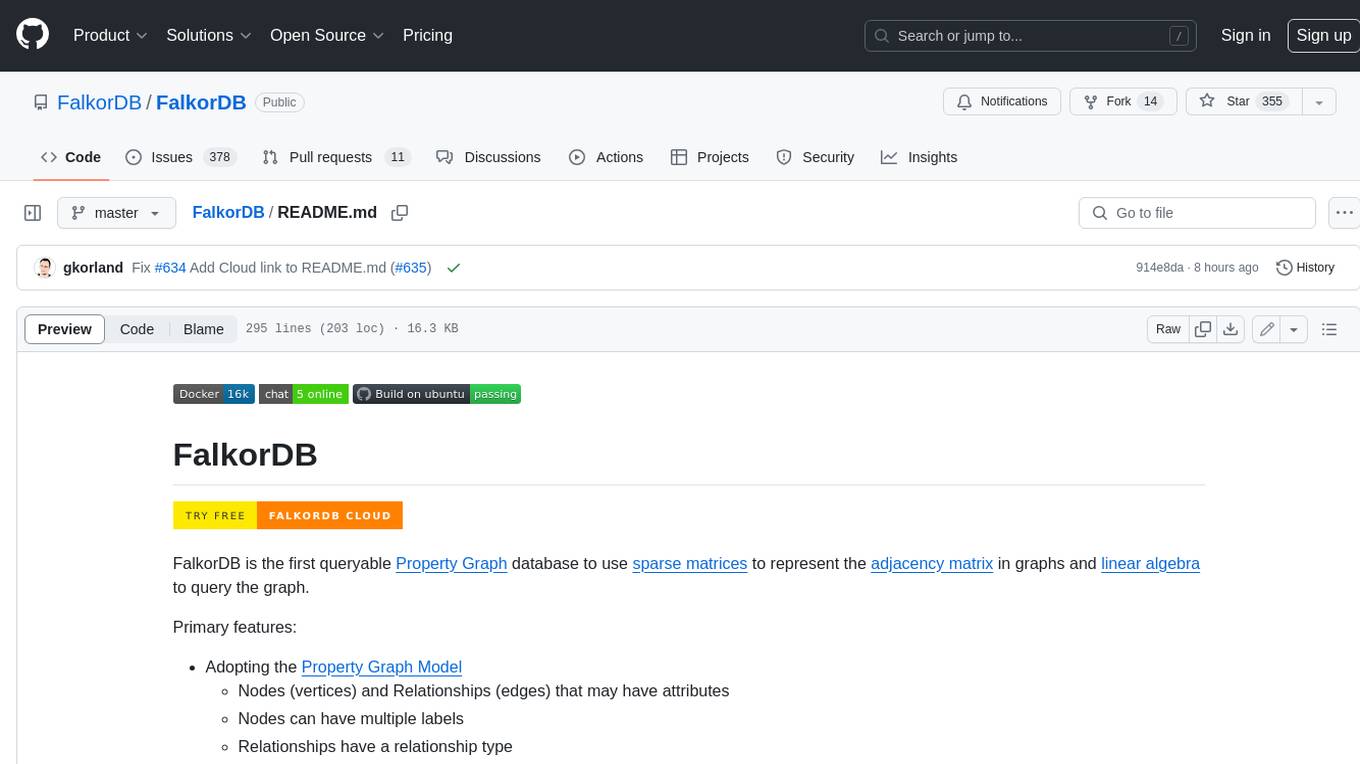
FalkorDB
FalkorDB is the first queryable Property Graph database to use sparse matrices to represent the adjacency matrix in graphs and linear algebra to query the graph. Primary features: * Adopting the Property Graph Model * Nodes (vertices) and Relationships (edges) that may have attributes * Nodes can have multiple labels * Relationships have a relationship type * Graphs represented as sparse adjacency matrices * OpenCypher with proprietary extensions as a query language * Queries are translated into linear algebra expressions
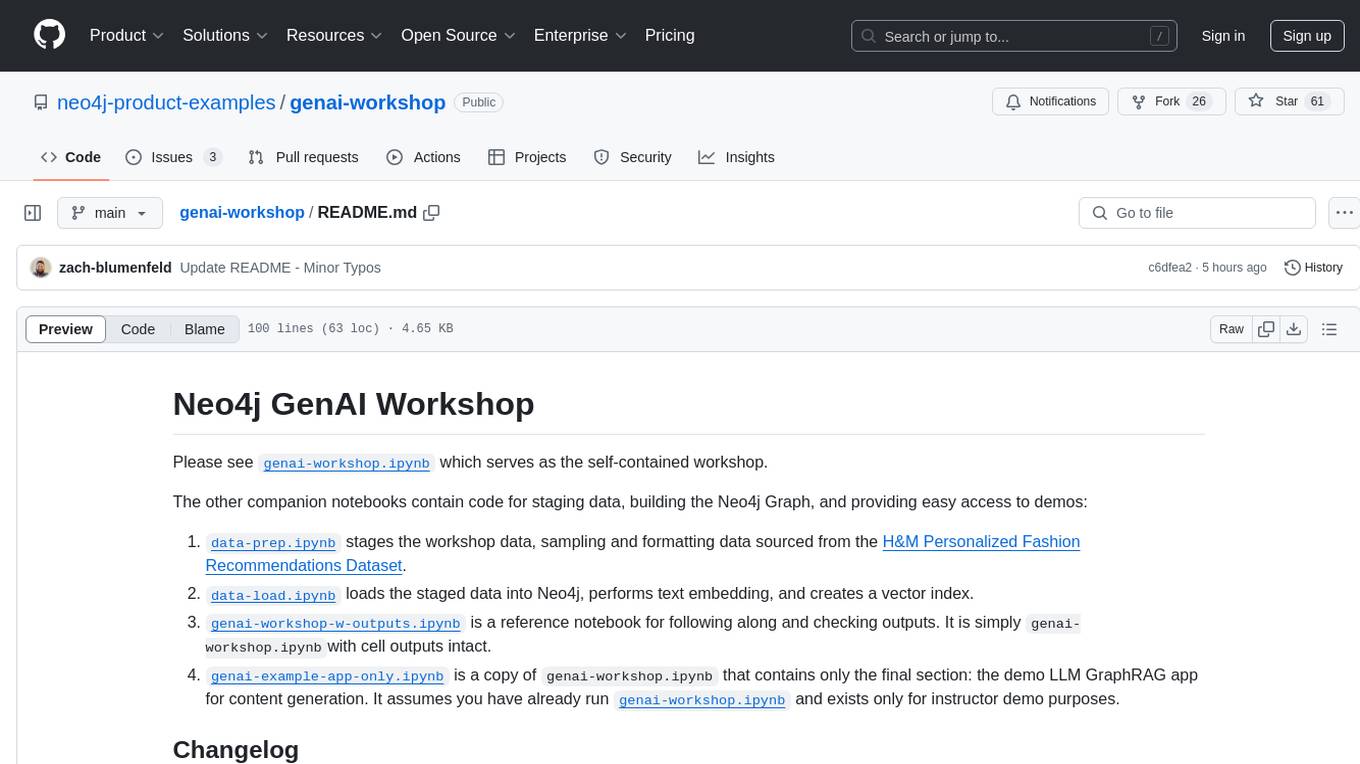
genai-workshop
The Neo4j GenAI Workshop repository contains notebooks for a workshop focusing on building a Neo4j Graph, text embedding, and providing demos for content generation. The workshop includes data staging, loading, and exploration using Cypher queries. It also covers improvements in LLM response quality, GPT-4 usage, and vector search speed. The repository has undergone multiple updates to enhance course quality, simplify content, and provide better explainers and examples.
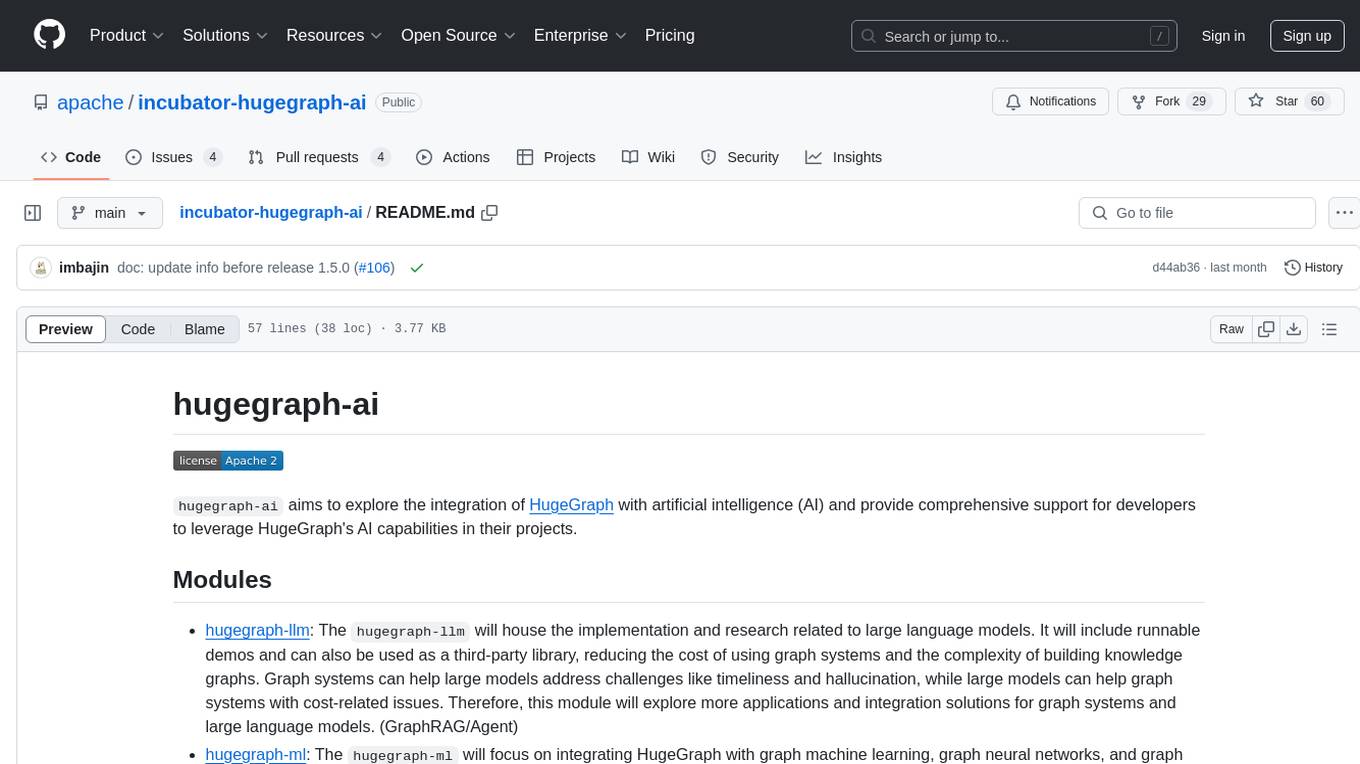
incubator-hugegraph-ai
hugegraph-ai aims to explore the integration of HugeGraph with artificial intelligence (AI) and provide comprehensive support for developers to leverage HugeGraph's AI capabilities in their projects. It includes modules for large language models, graph machine learning, and a Python client for HugeGraph. The project aims to address challenges like timeliness, hallucination, and cost-related issues by integrating graph systems with AI technologies.
20 - OpenAI Gpts
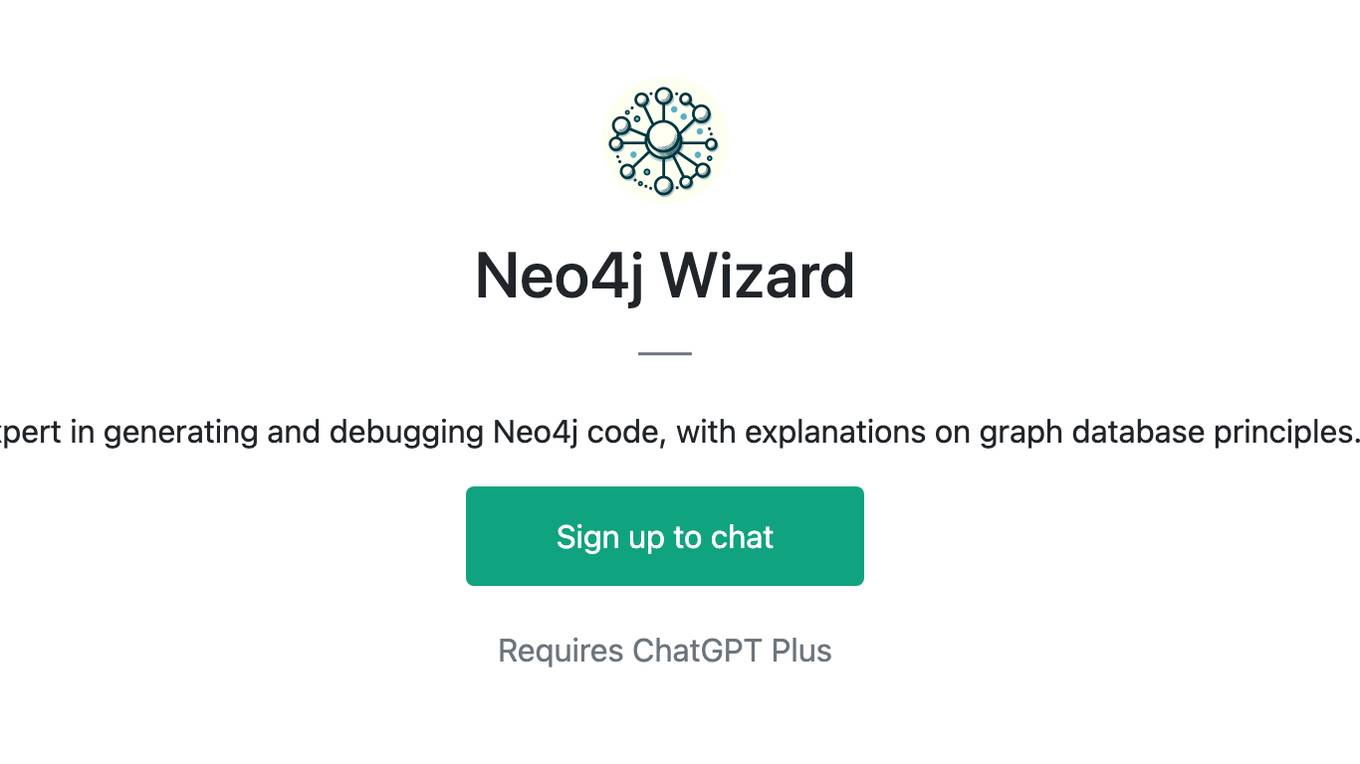
Neo4j Wizard
Expert in generating and debugging Neo4j code, with explanations on graph database principles.
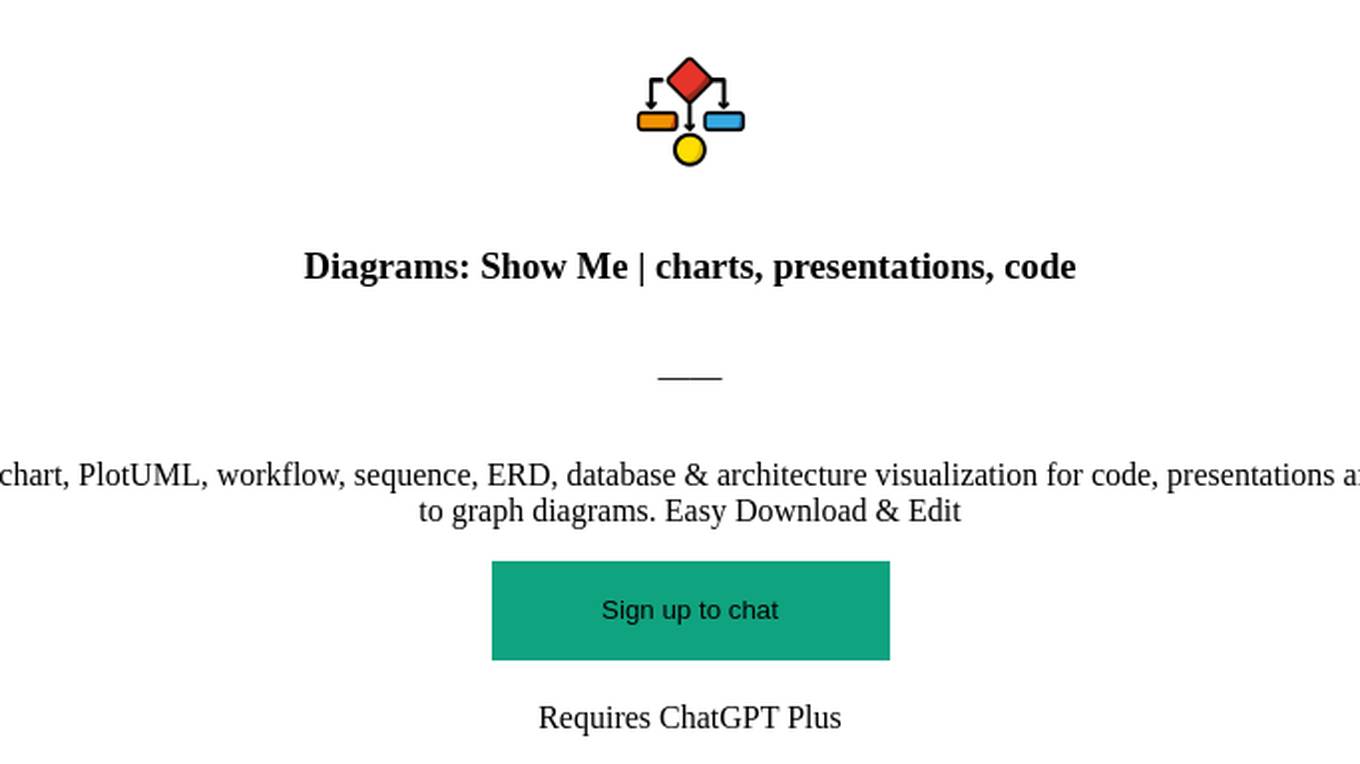
Diagrams: Show Me | charts, presentations, code
Diagram creation: flowcharts, mindmaps, UML, chart, PlotUML, workflow, sequence, ERD, database & architecture visualization for code, presentations and documentation. [New] Add a logo or any image to graph diagrams. Easy Download & Edit
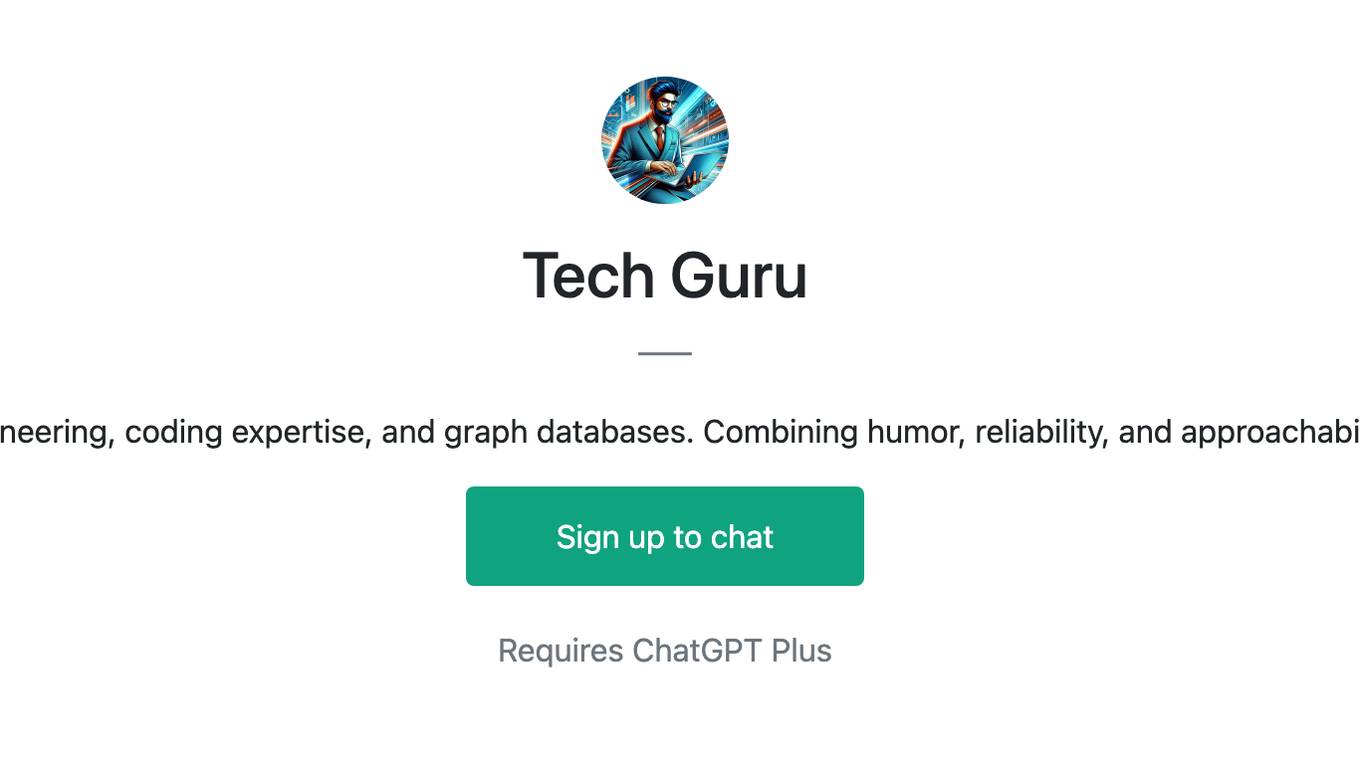
Tech Guru
Meet Tech Guru, your go-to AI for data engineering, coding expertise, and graph databases. Combining humor, reliability, and approachability to simplify tech with a personal touch.
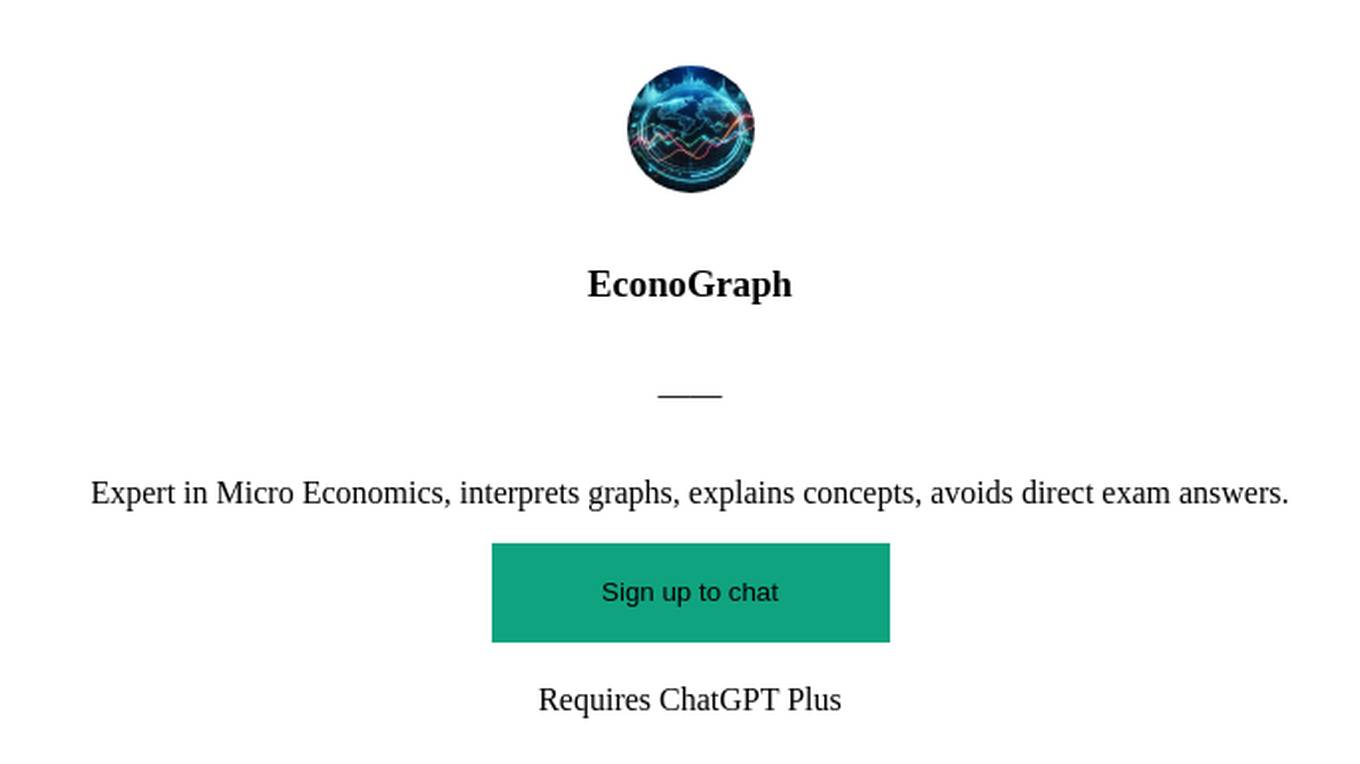
EconoGraph
Expert in Micro Economics, interprets graphs, explains concepts, avoids direct exam answers.
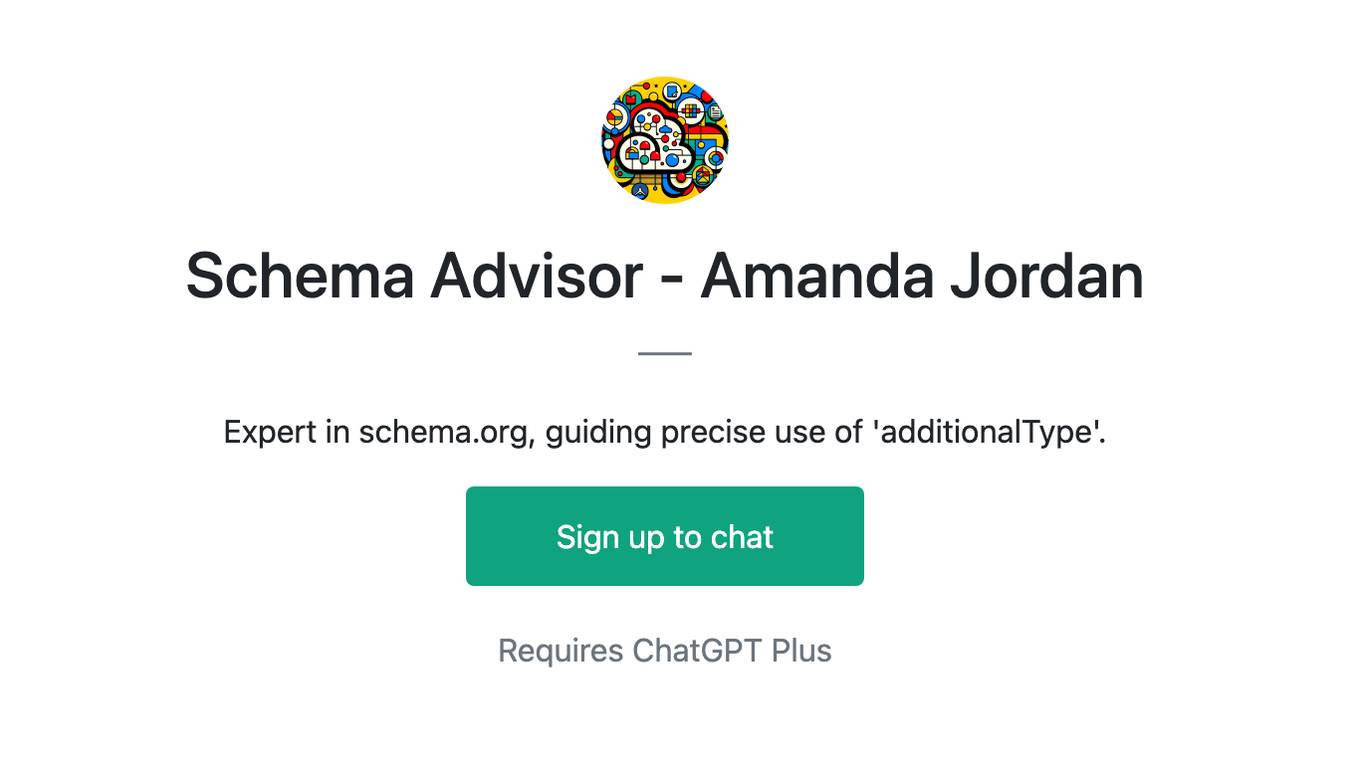
Schema Advisor - Amanda Jordan
Expert in schema.org, guiding precise use of 'additionalType'.
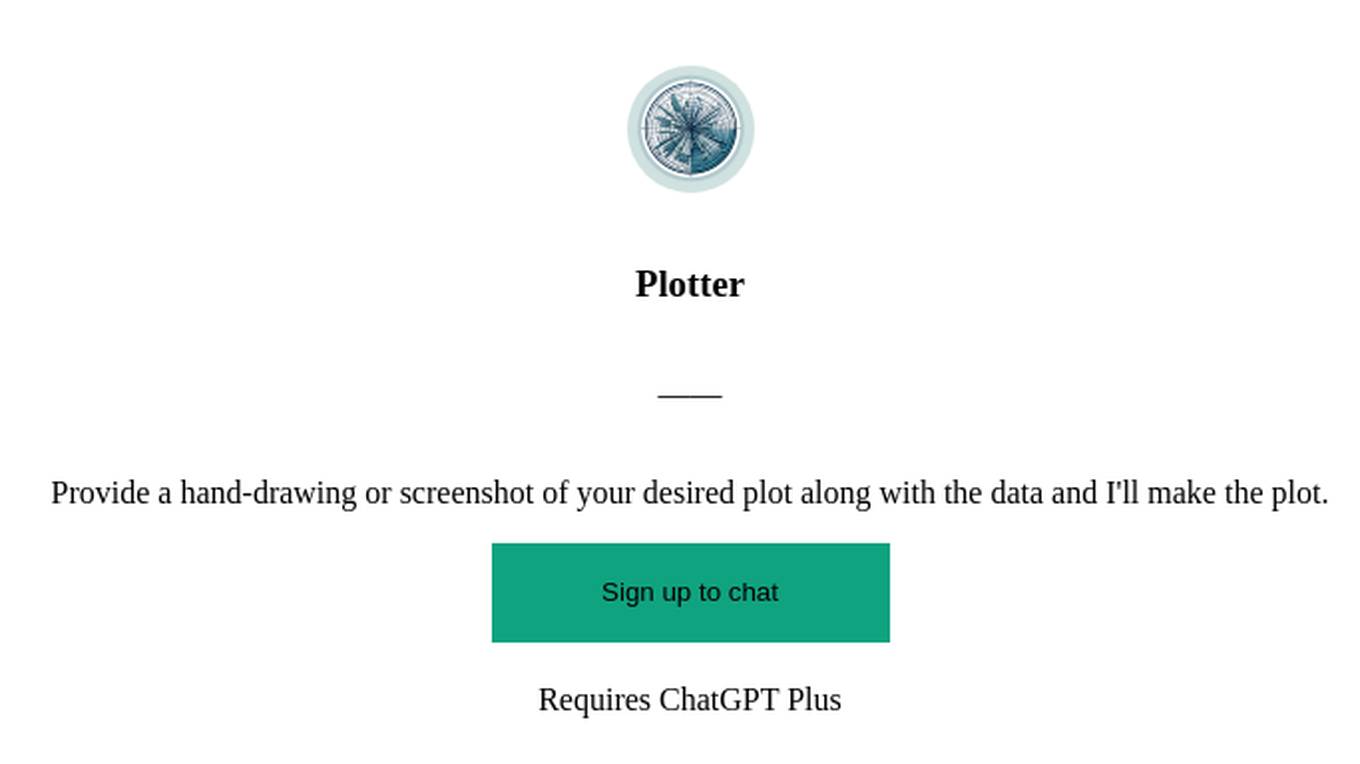
Plotter
Provide a hand-drawing or screenshot of your desired plot along with the data and I'll make the plot.
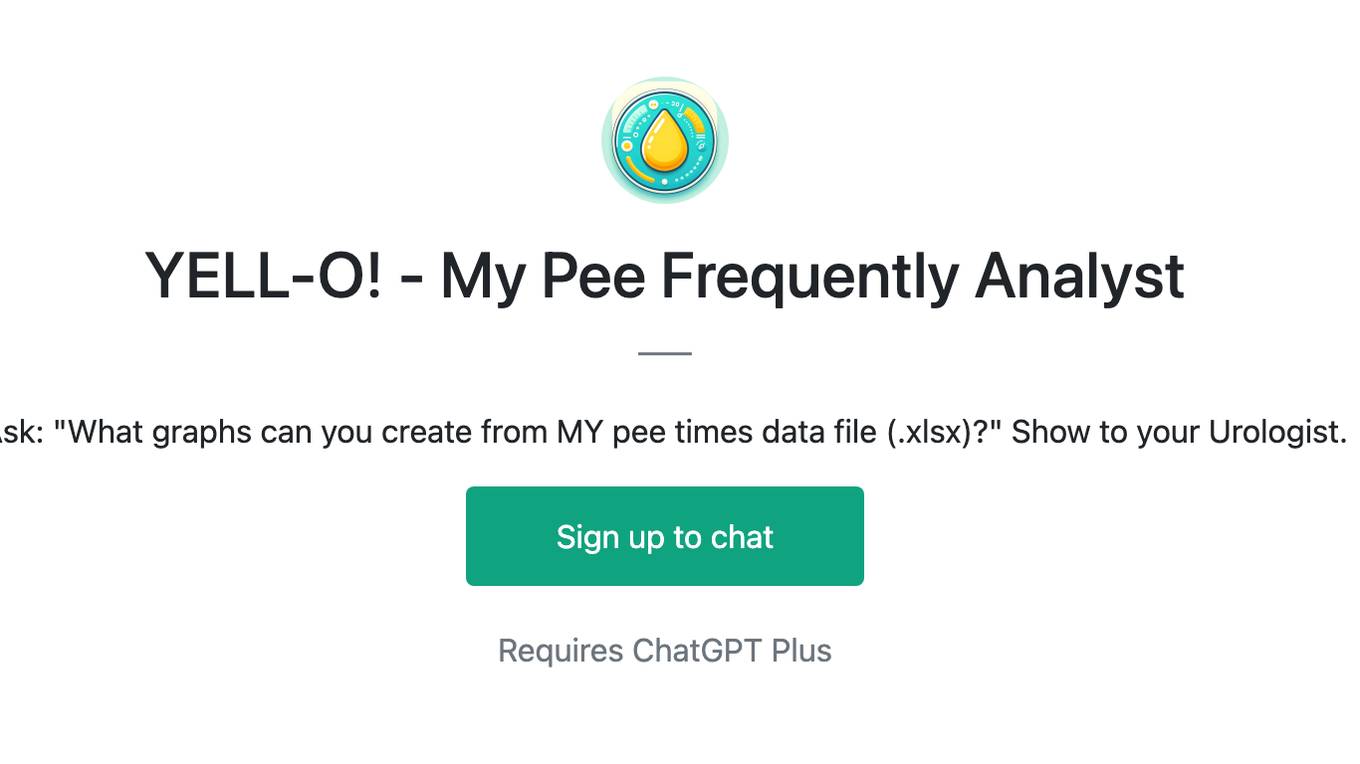
YELL-O! - My Pee Frequently Analyst
Ask: "What graphs can you create from MY pee times data file (.xlsx)?" Show to your Urologist.
